-
 © RM Sotheby's
© RM Sotheby's -
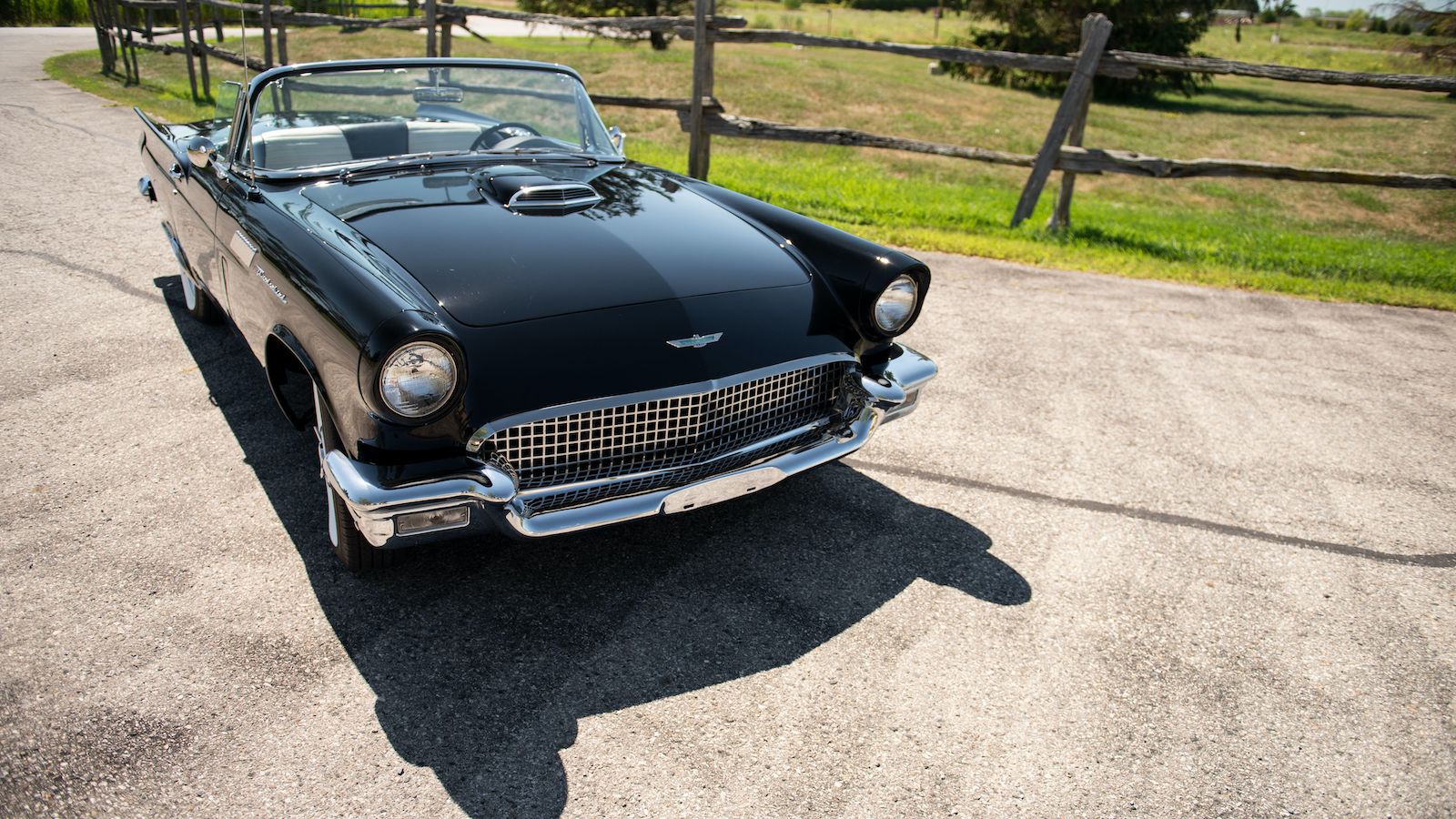 © RM Sotheby's
© RM Sotheby's -
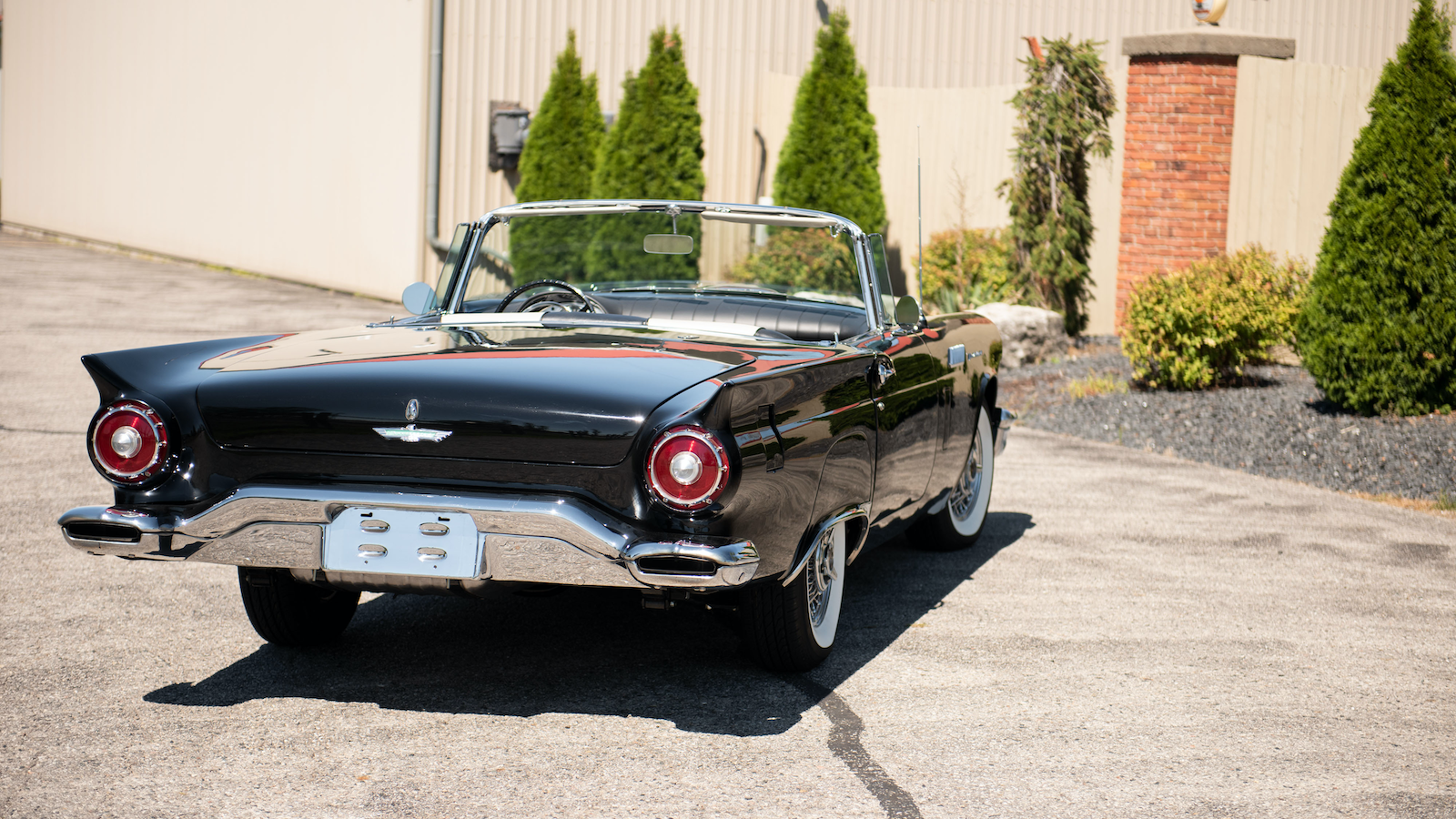 © RM Sotheby’s
© RM Sotheby’s -
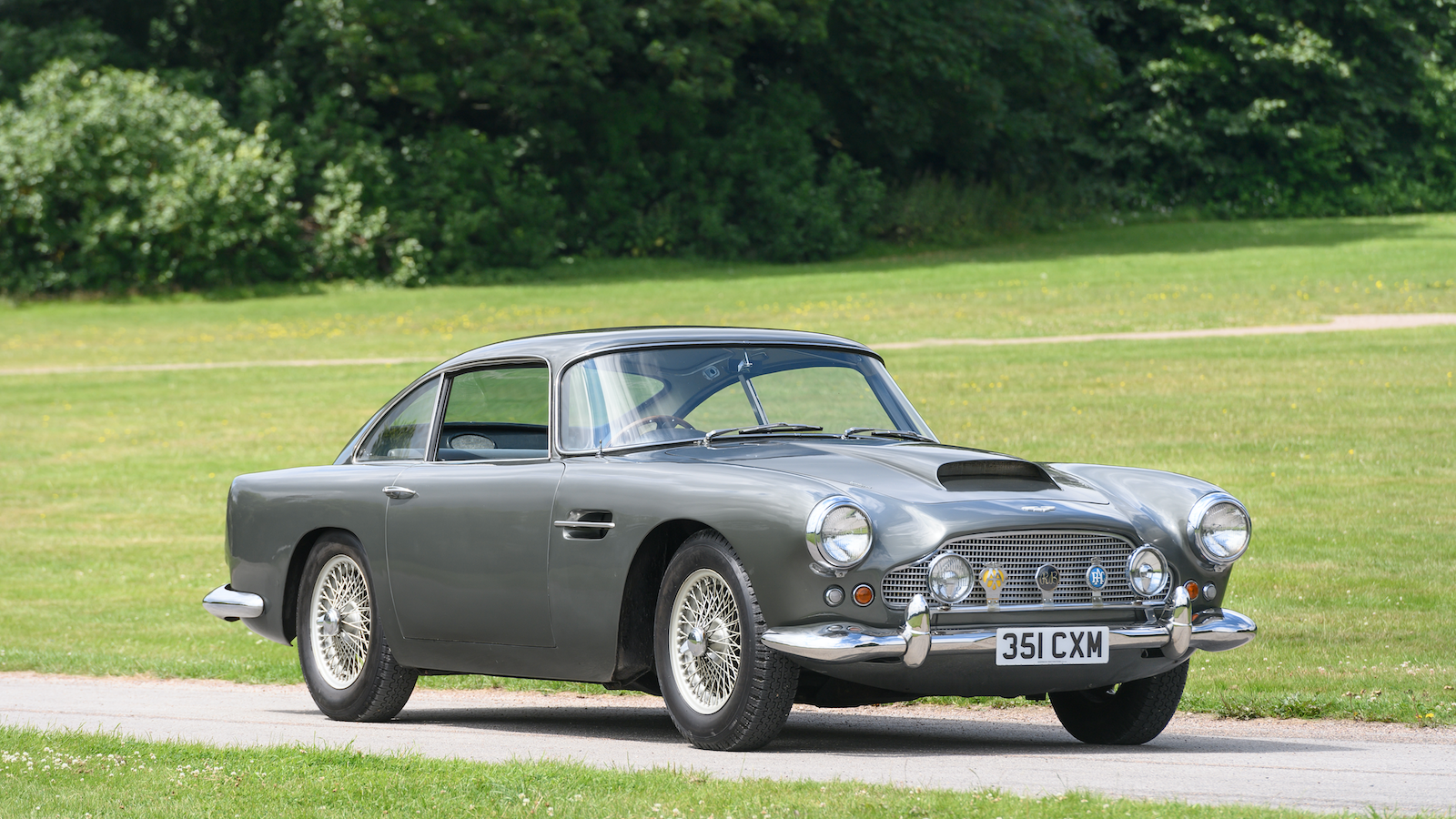 © RM Sotheby’s
© RM Sotheby’s -
 © RM Sotheby’s
© RM Sotheby’s -
 © RM Sotheby’s
© RM Sotheby’s -
 © RM Sotheby’s
© RM Sotheby’s -
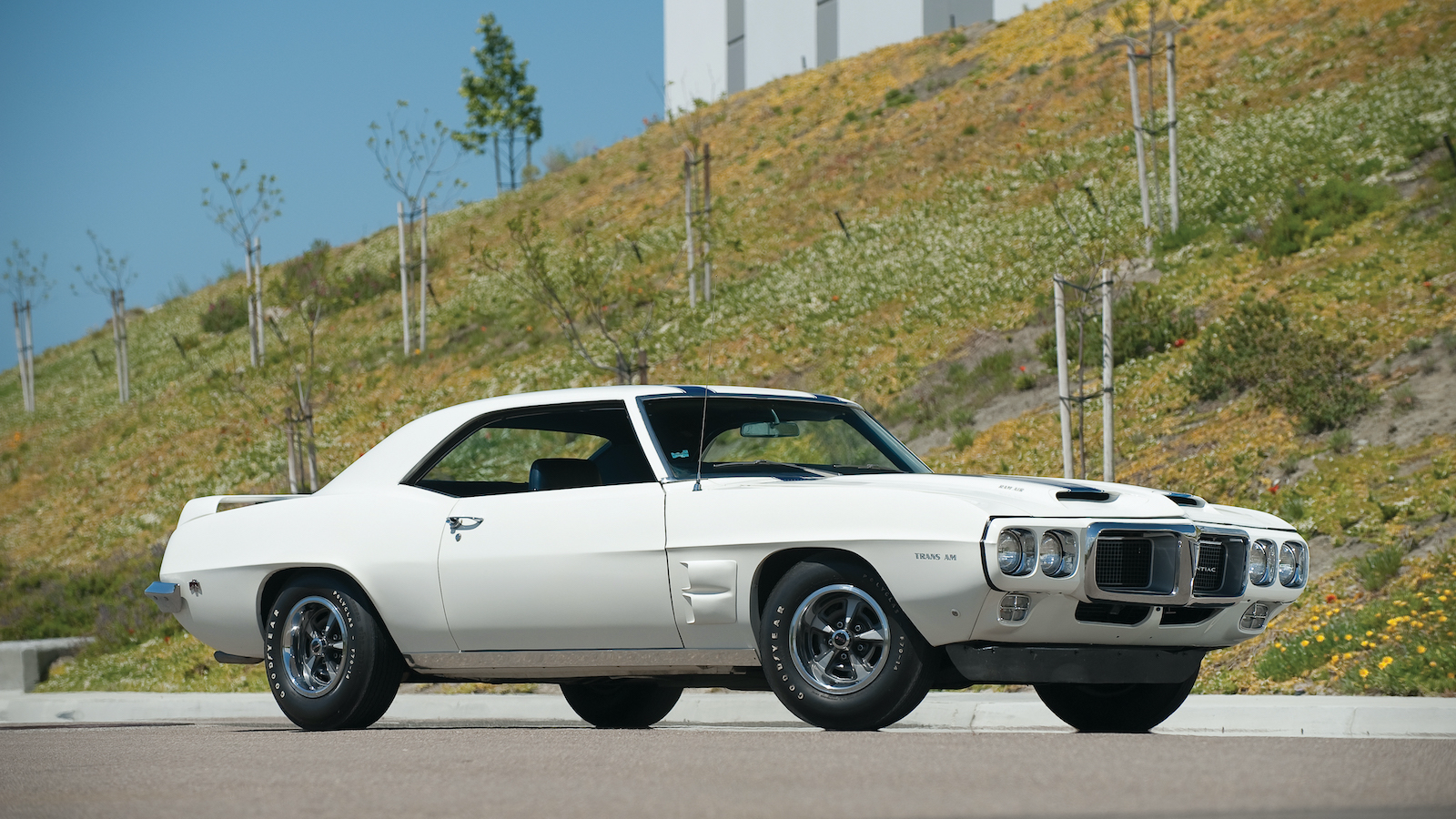 © Darin Schnabel/RM Sotheby’s
© Darin Schnabel/RM Sotheby’s -
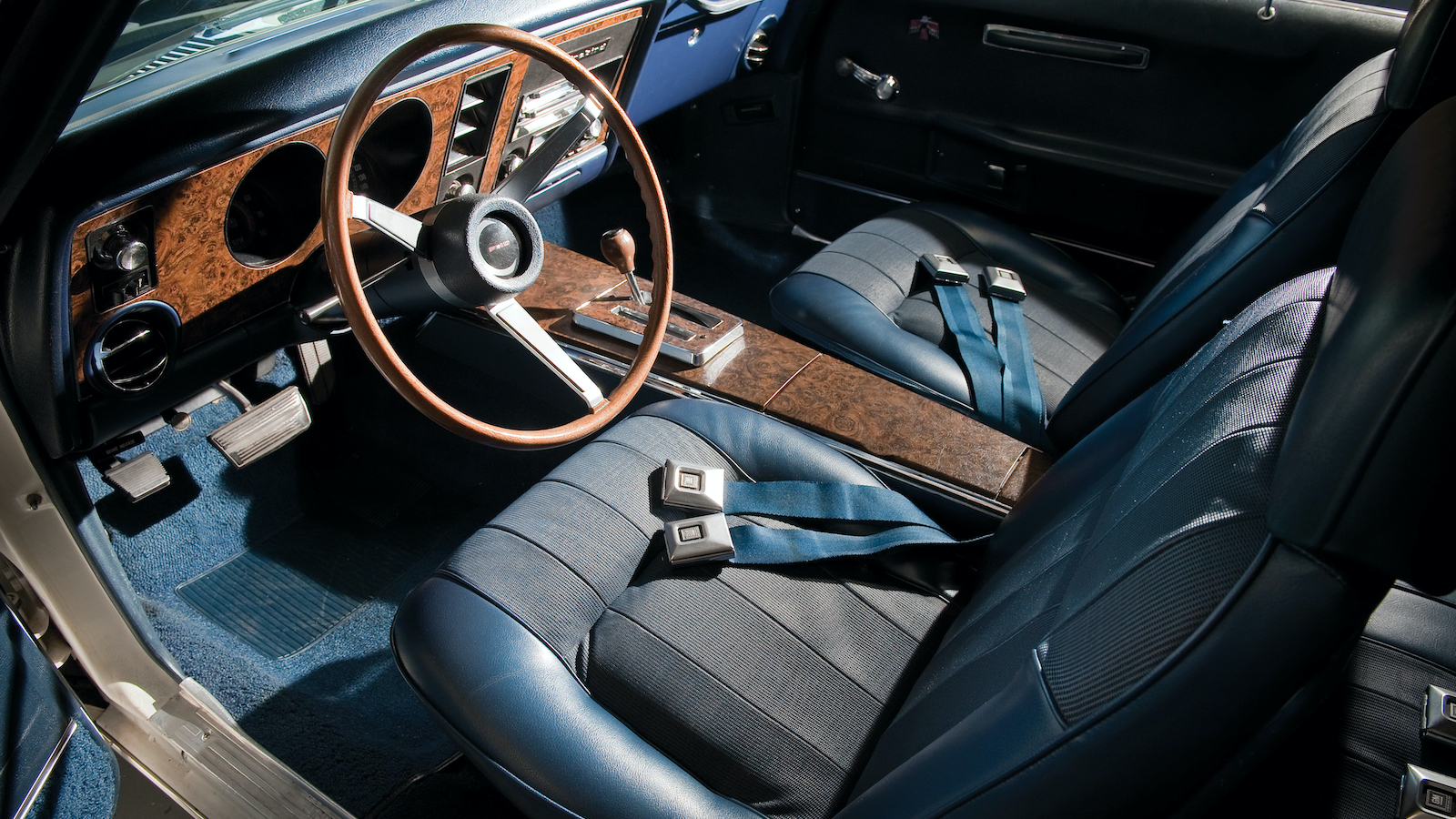 © Darin Schnabel/RM Sotheby’s
© Darin Schnabel/RM Sotheby’s -
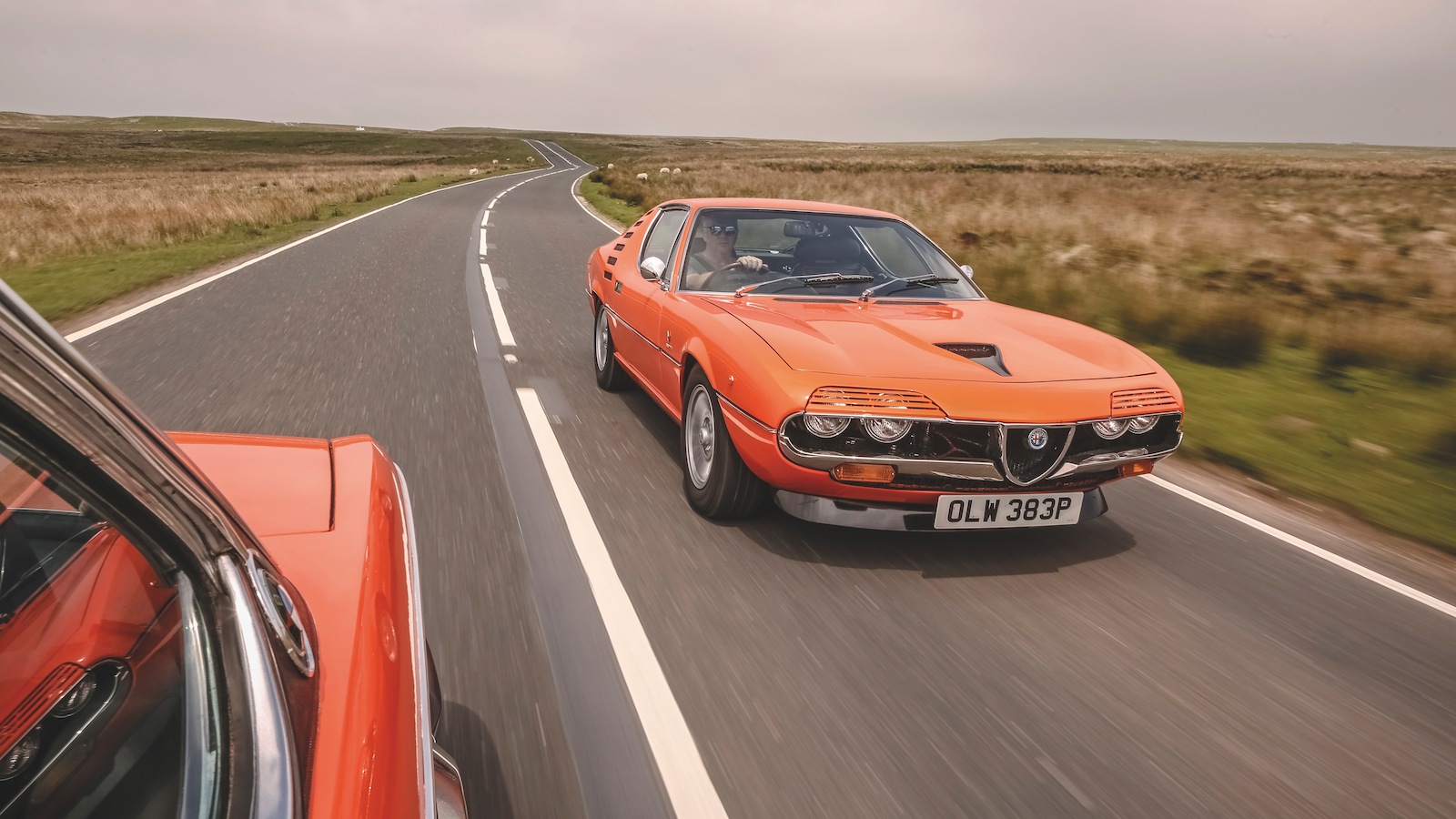 © Classic & Sports Car
© Classic & Sports Car -
 © Classic & Sports Car
© Classic & Sports Car -
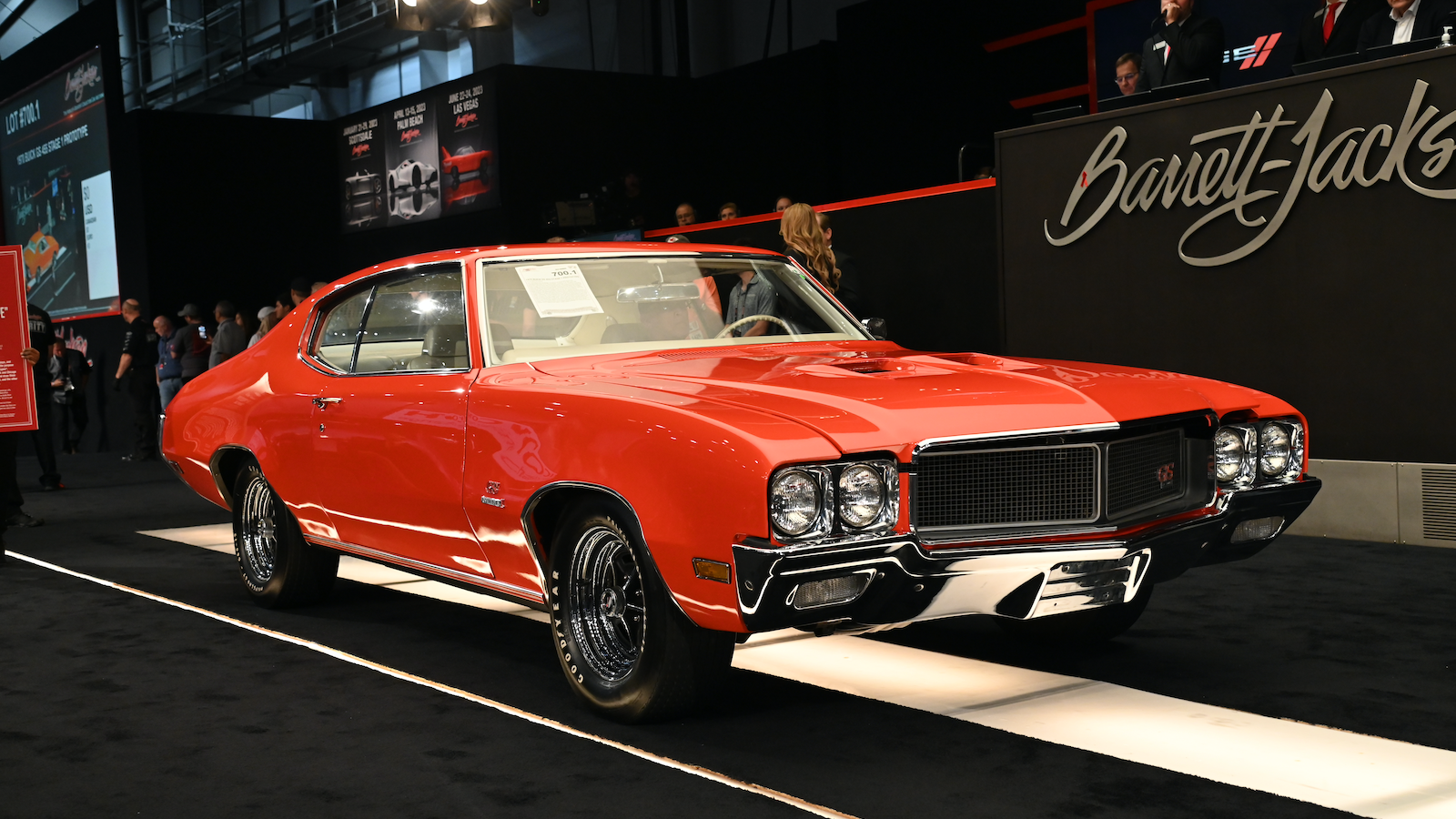 © Barrett-Jackson
© Barrett-Jackson -
 © RM Sotheby’s
© RM Sotheby’s -
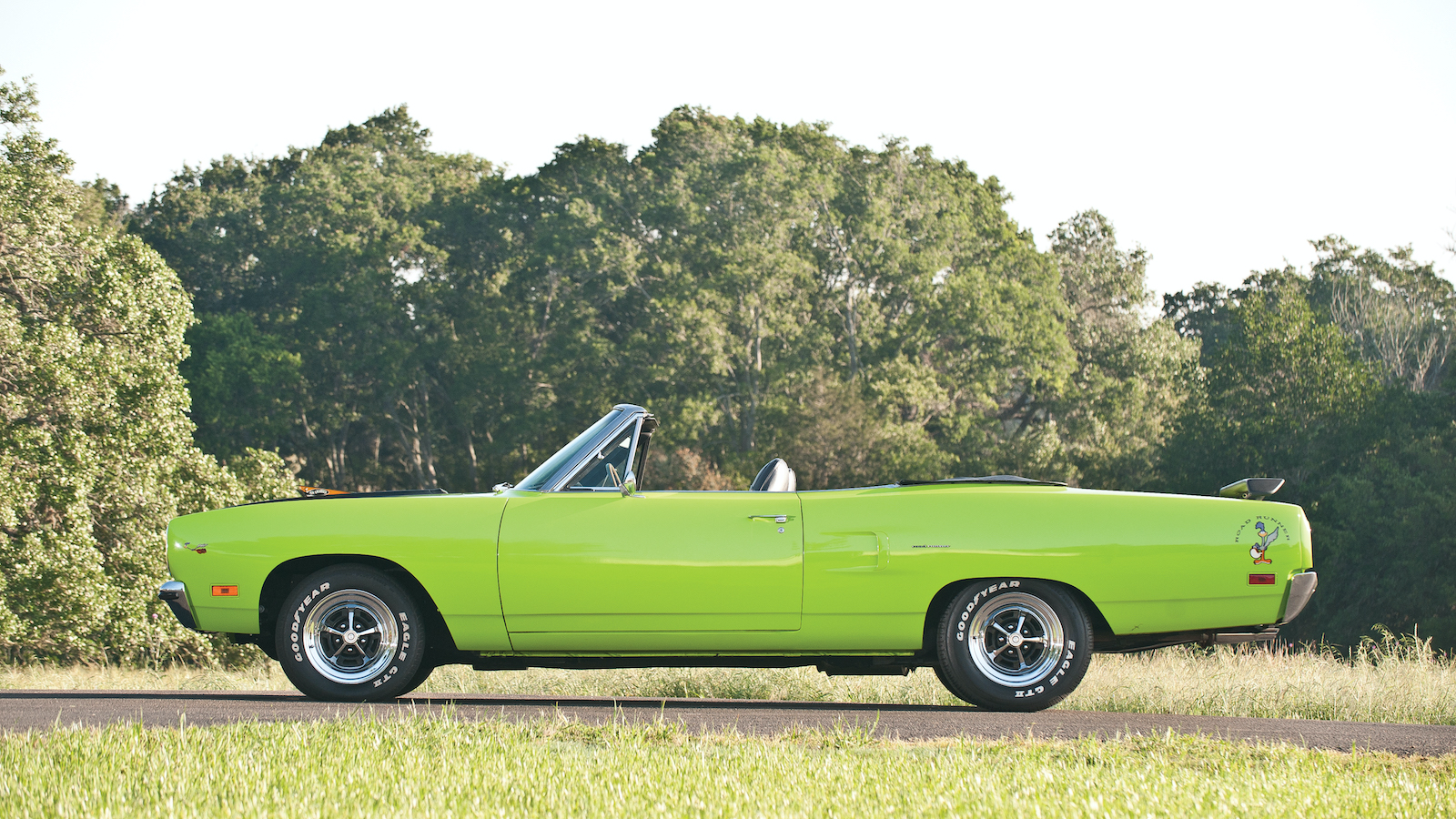 © Darin Schnabel/RM Sotheby’s
© Darin Schnabel/RM Sotheby’s -
 © Darin Schnabel/RM Sotheby’s
© Darin Schnabel/RM Sotheby’s -
 © RM Sotheby’s
© RM Sotheby’s -
 © RM Sotheby’s
© RM Sotheby’s -
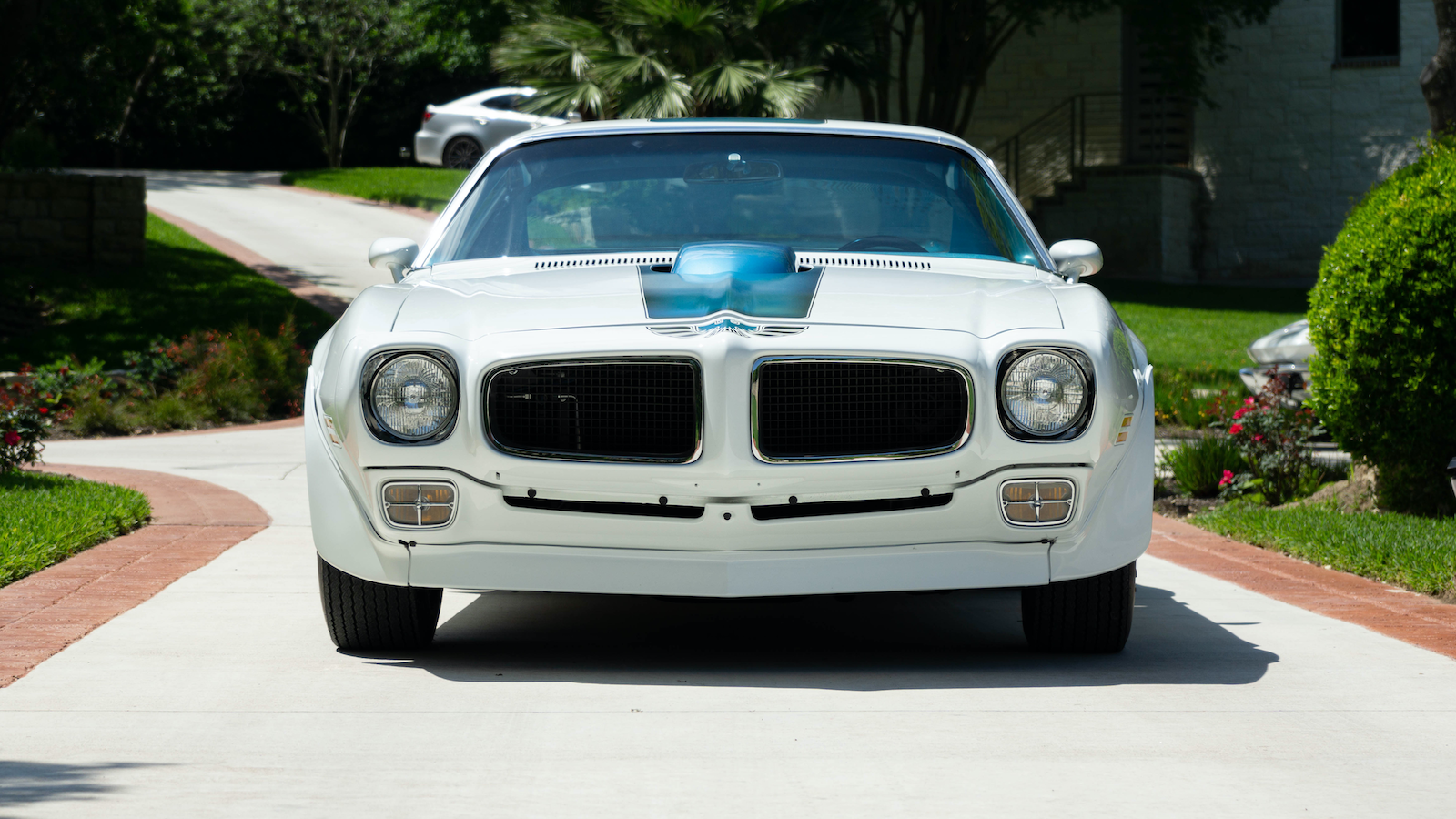 © RM Sotheby’s
© RM Sotheby’s -
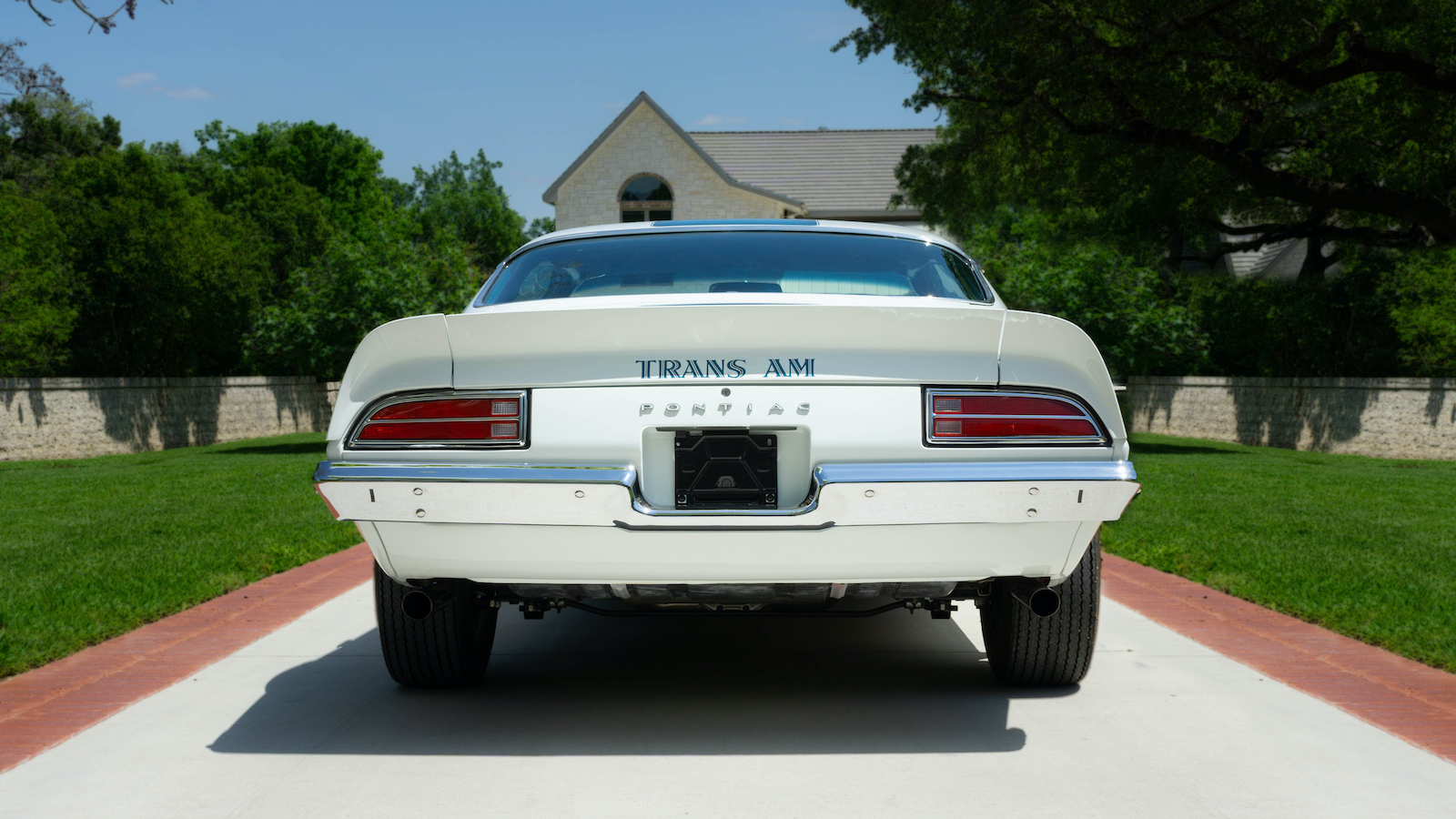 © RM Sotheby’s
© RM Sotheby’s -
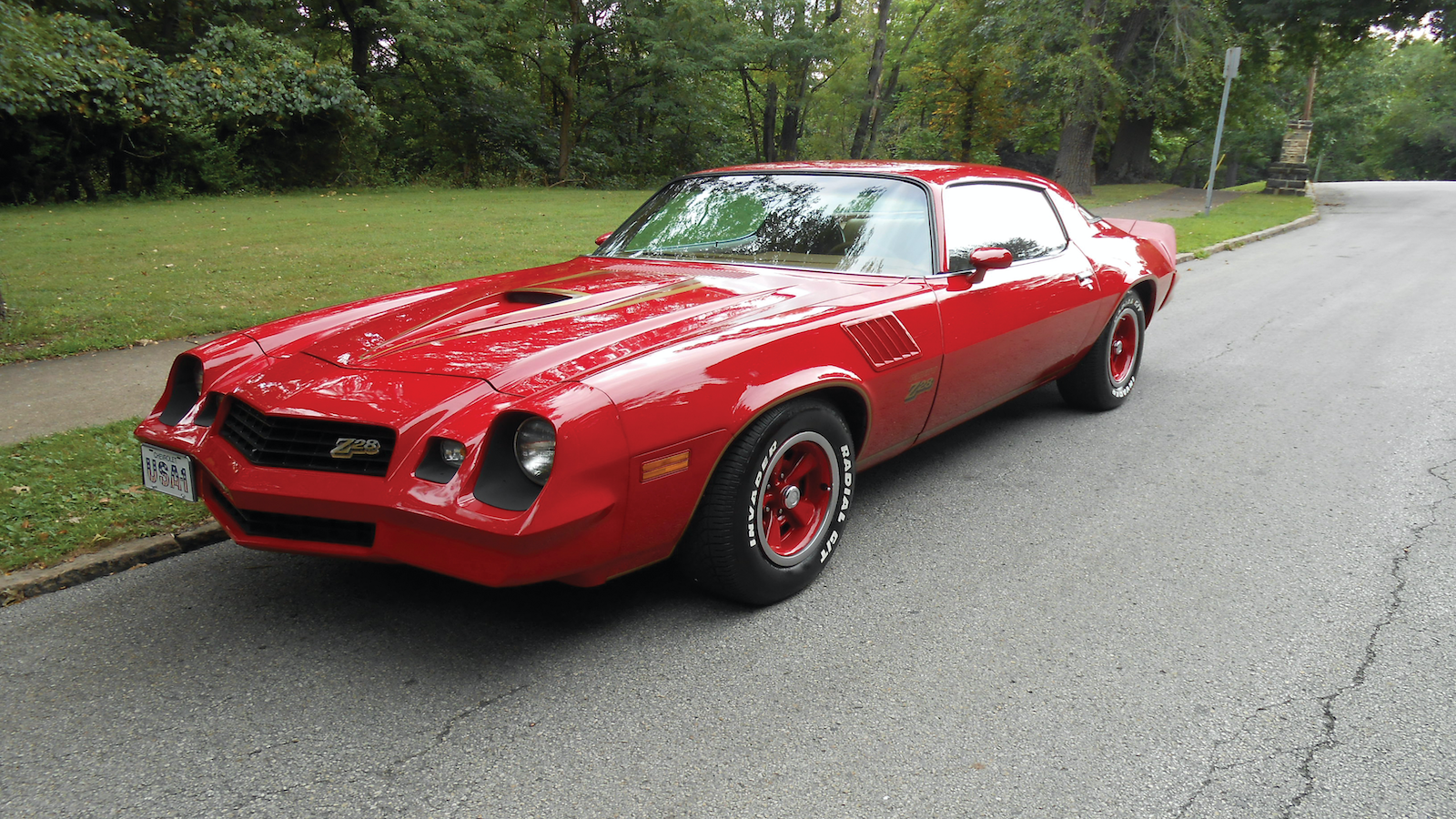 © RM Sotheby’s
© RM Sotheby’s -
 © RM Sotheby’s
© RM Sotheby’s -
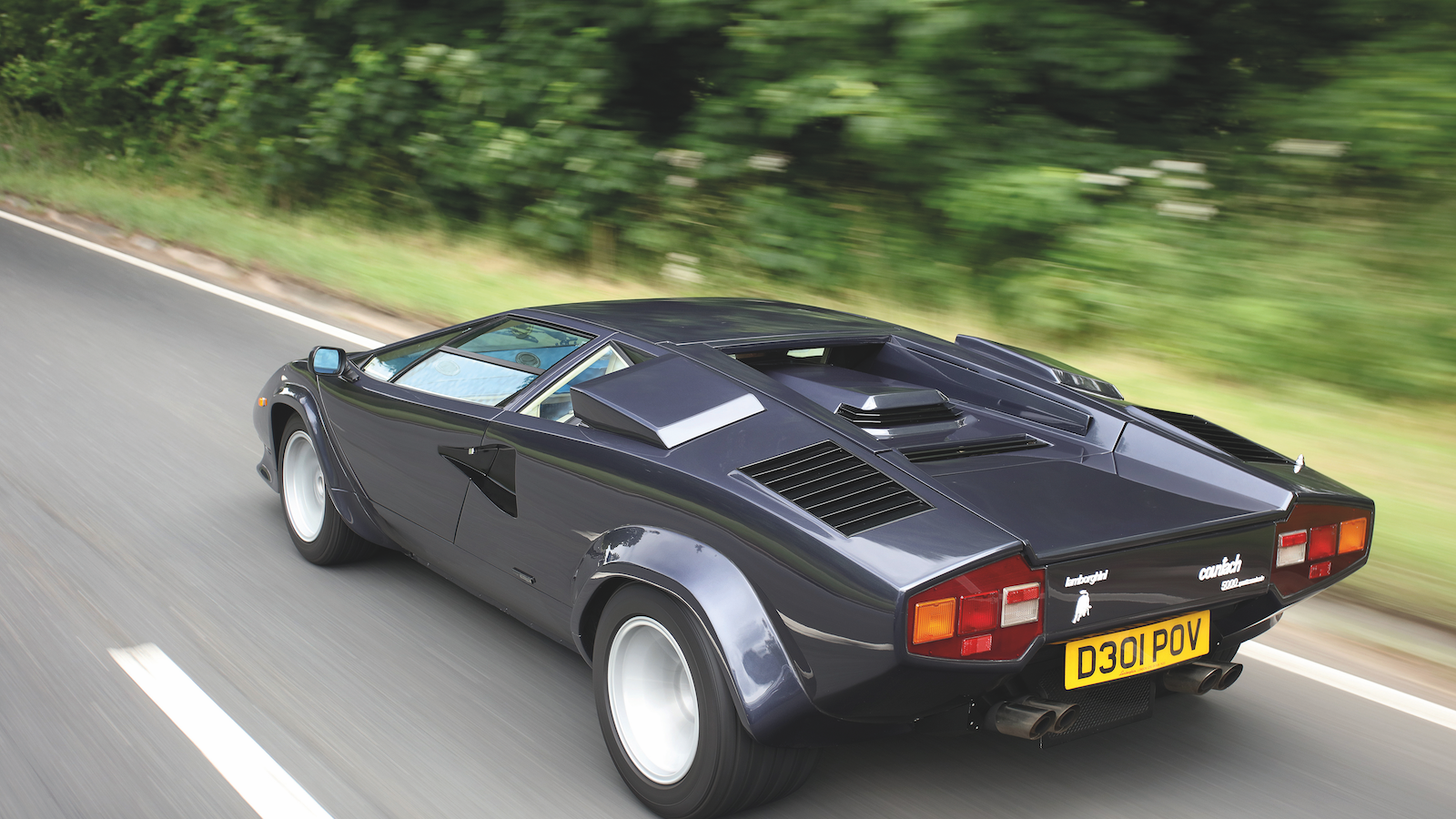 © James Mann/Classic & Sports Car
© James Mann/Classic & Sports Car -
 © James Mann/Classic & Sports Car
© James Mann/Classic & Sports Car -
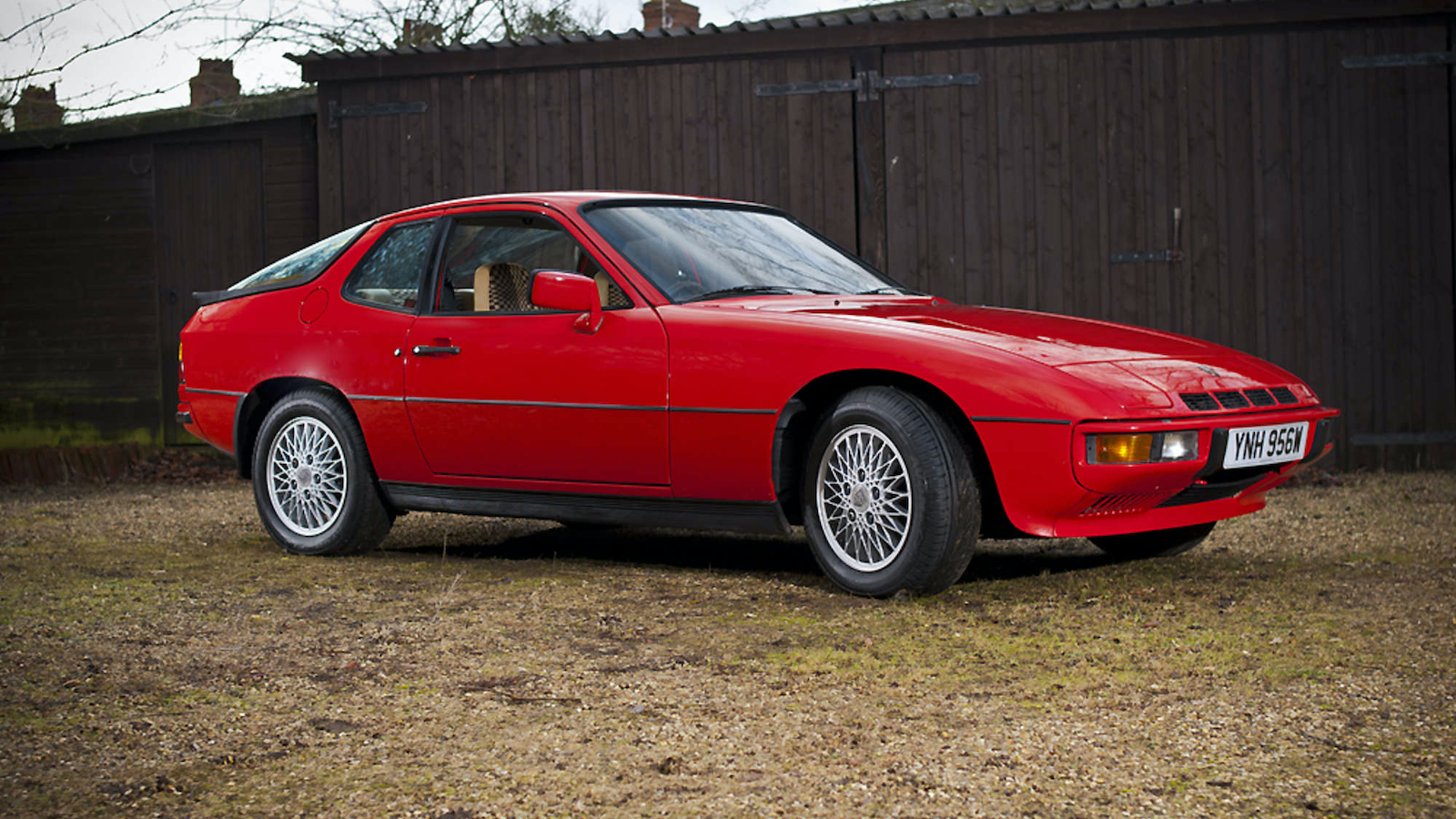 © Silverstone Auctions
© Silverstone Auctions -
 © Classic & Sports Car
© Classic & Sports Car -
 © RM Sotheby’s
© RM Sotheby’s -
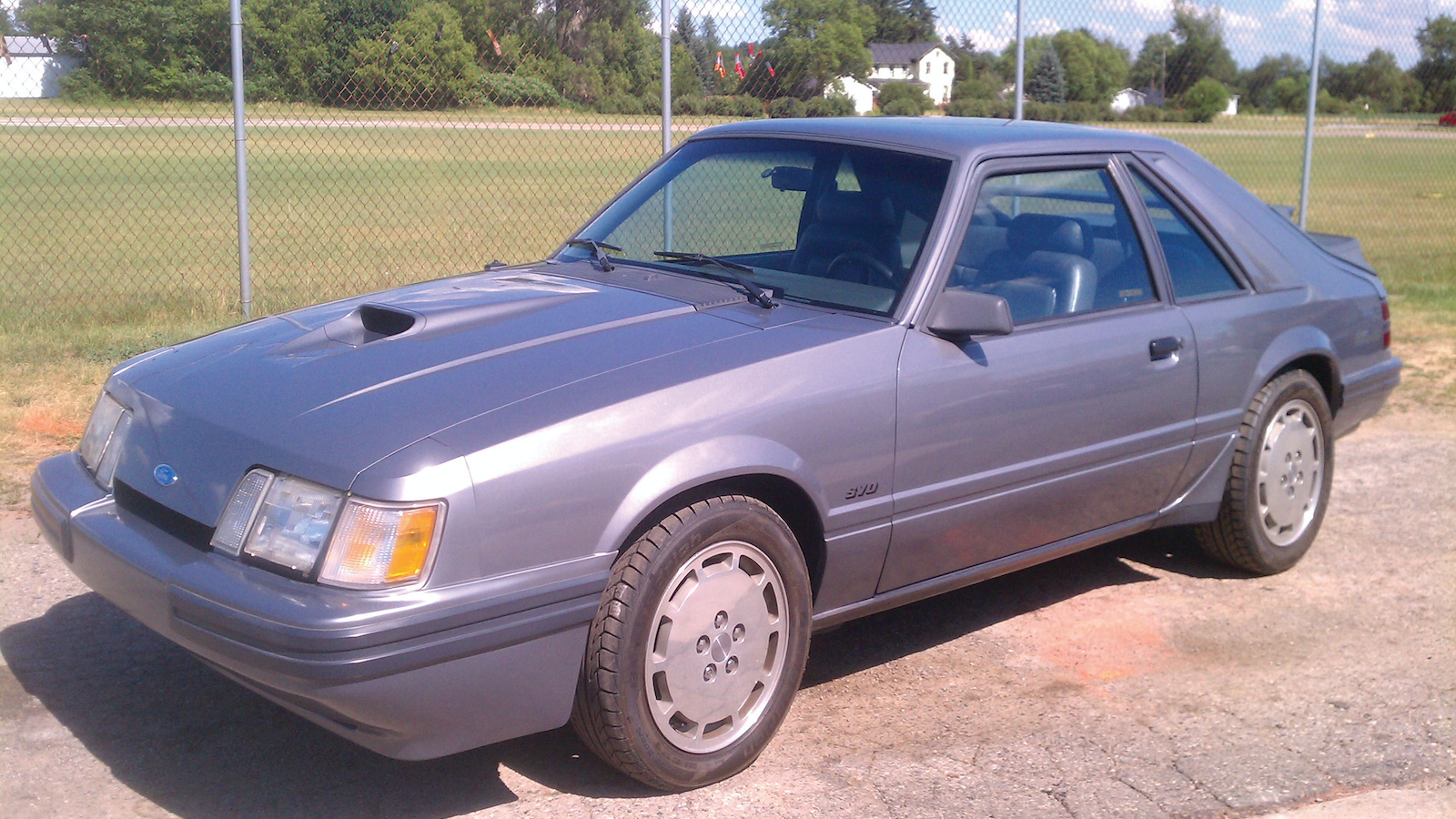 © RM Sotheby’s
© RM Sotheby’s -
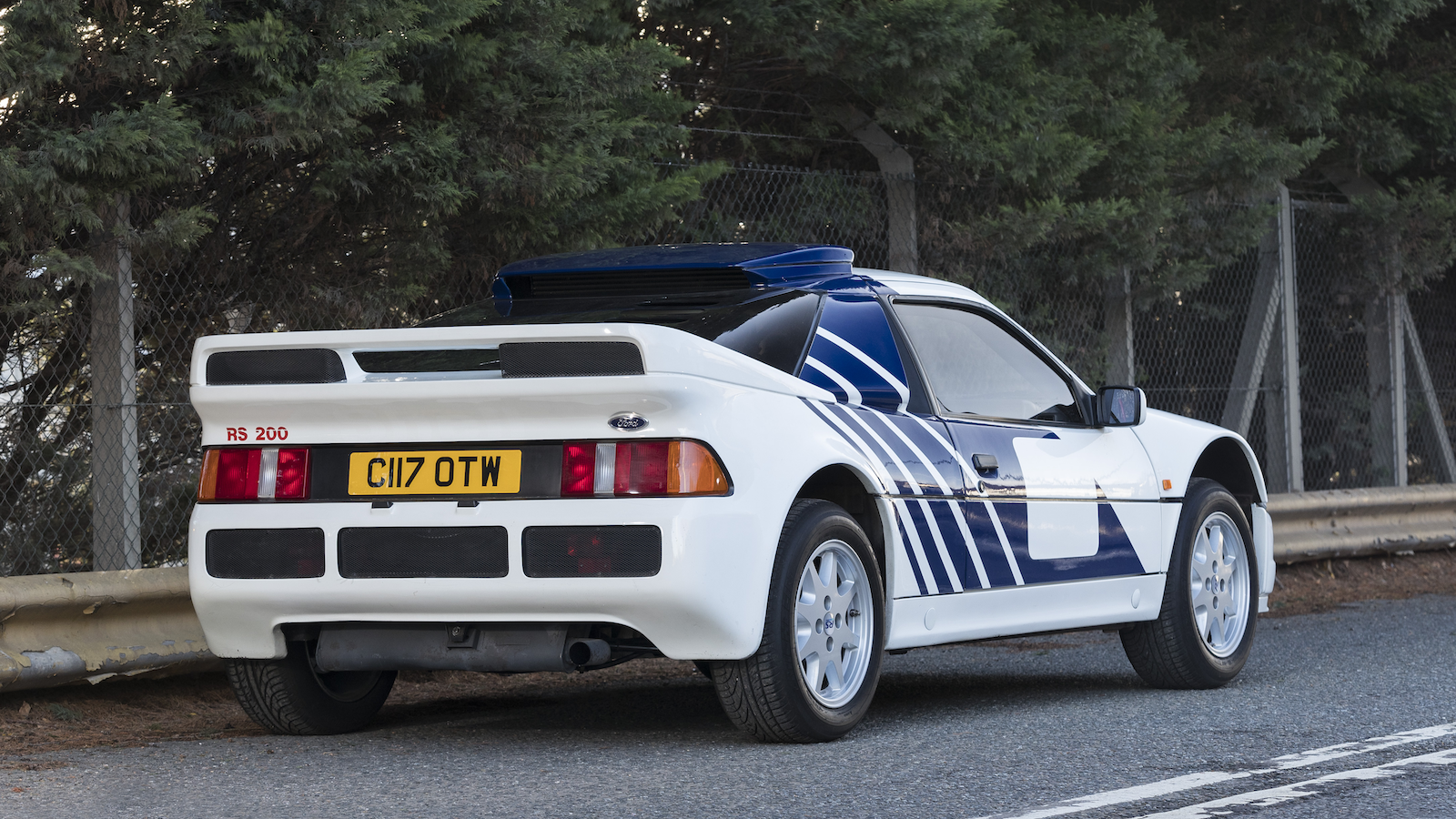 © Ford of Great Britain
© Ford of Great Britain -
 © Ford of Great Britain
© Ford of Great Britain -
 © Nissan
© Nissan -
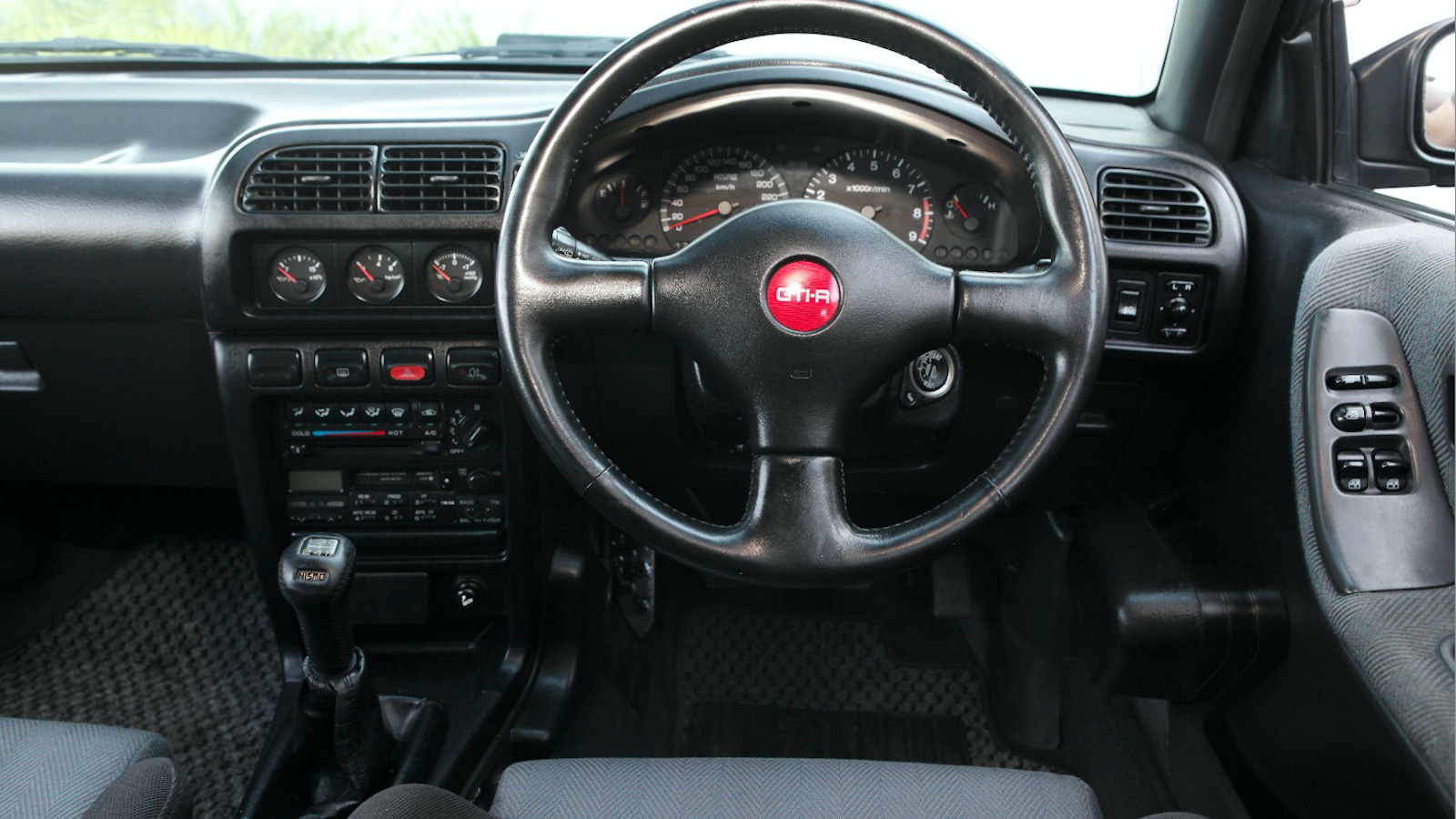 © Gtiroz/Wikipedia
© Gtiroz/Wikipedia -
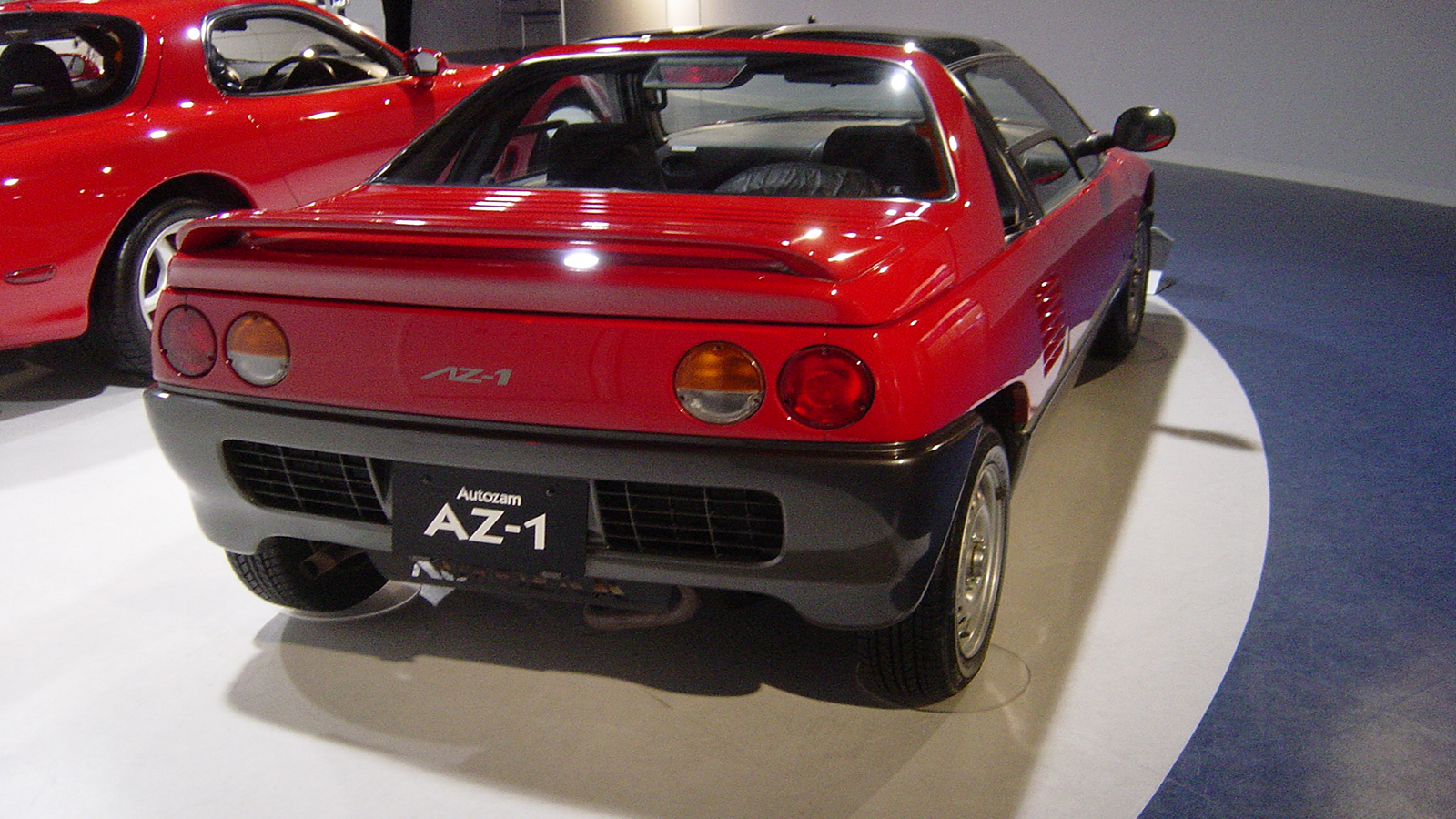 © Taisyo/Wikipedia
© Taisyo/Wikipedia -
 © Mrchoppers/Wikipedia
© Mrchoppers/Wikipedia -
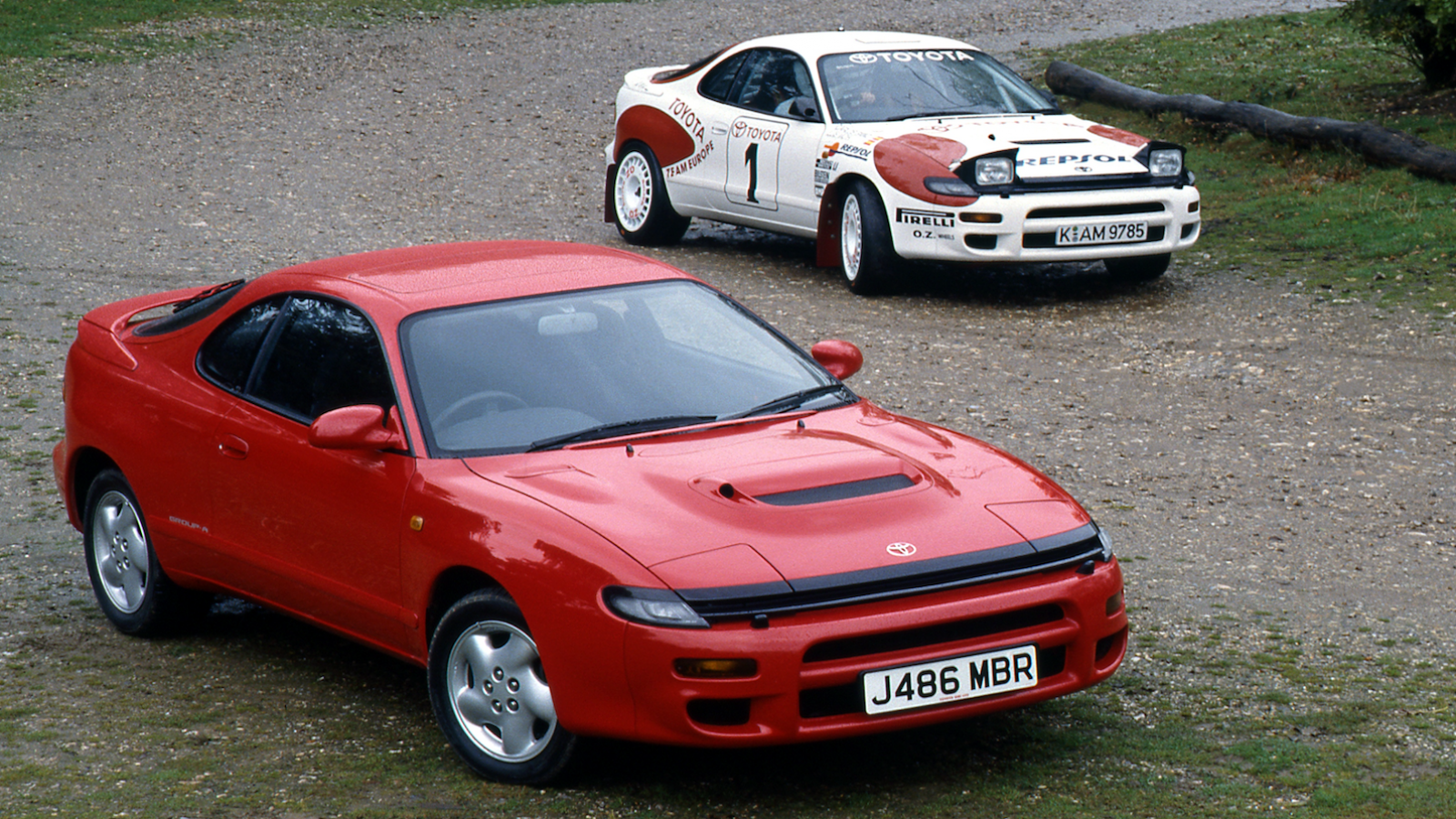 © Toyota GB
© Toyota GB -
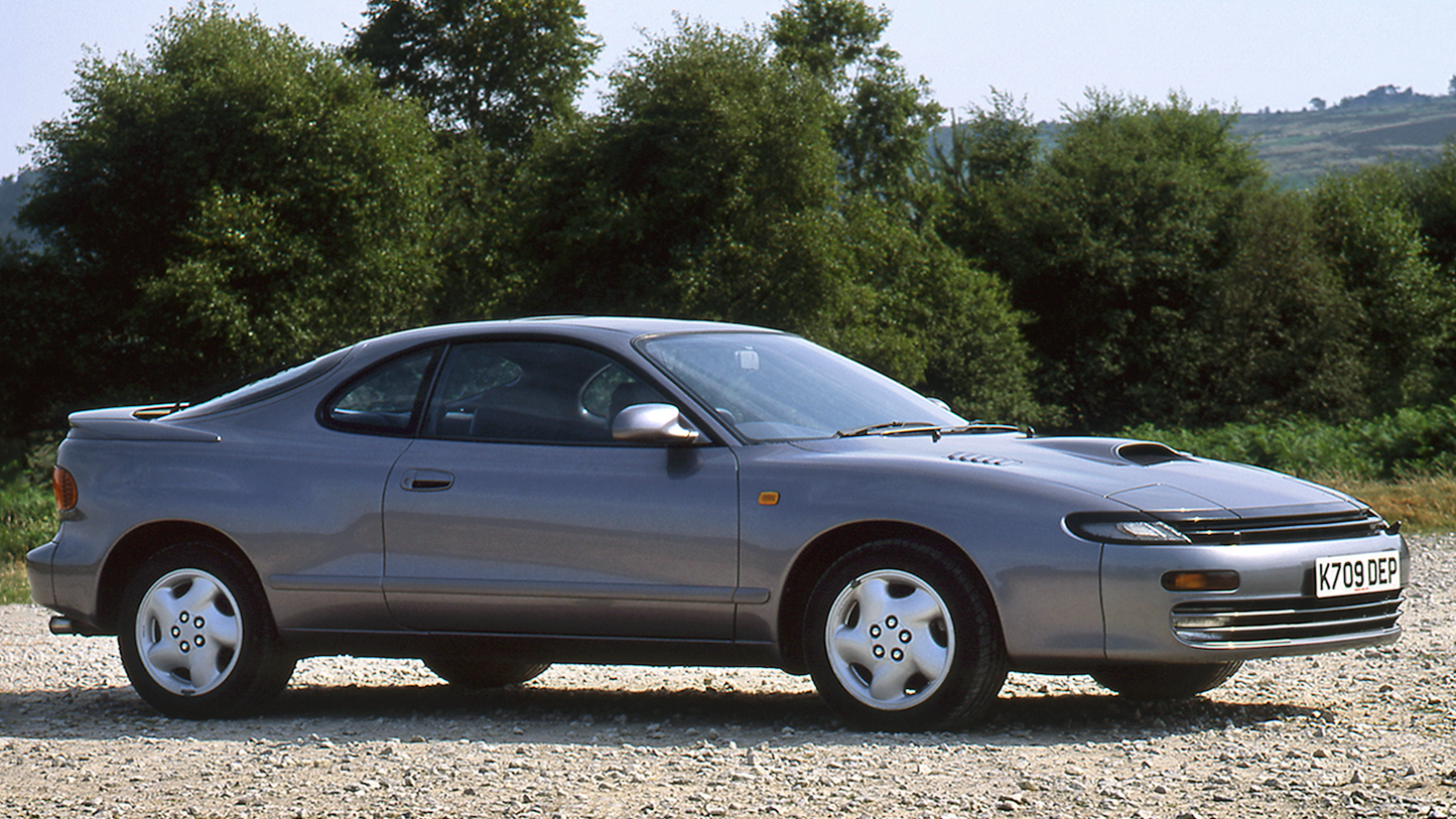 © Toyota GB
© Toyota GB -
 © RM Sotheby’s
© RM Sotheby’s -
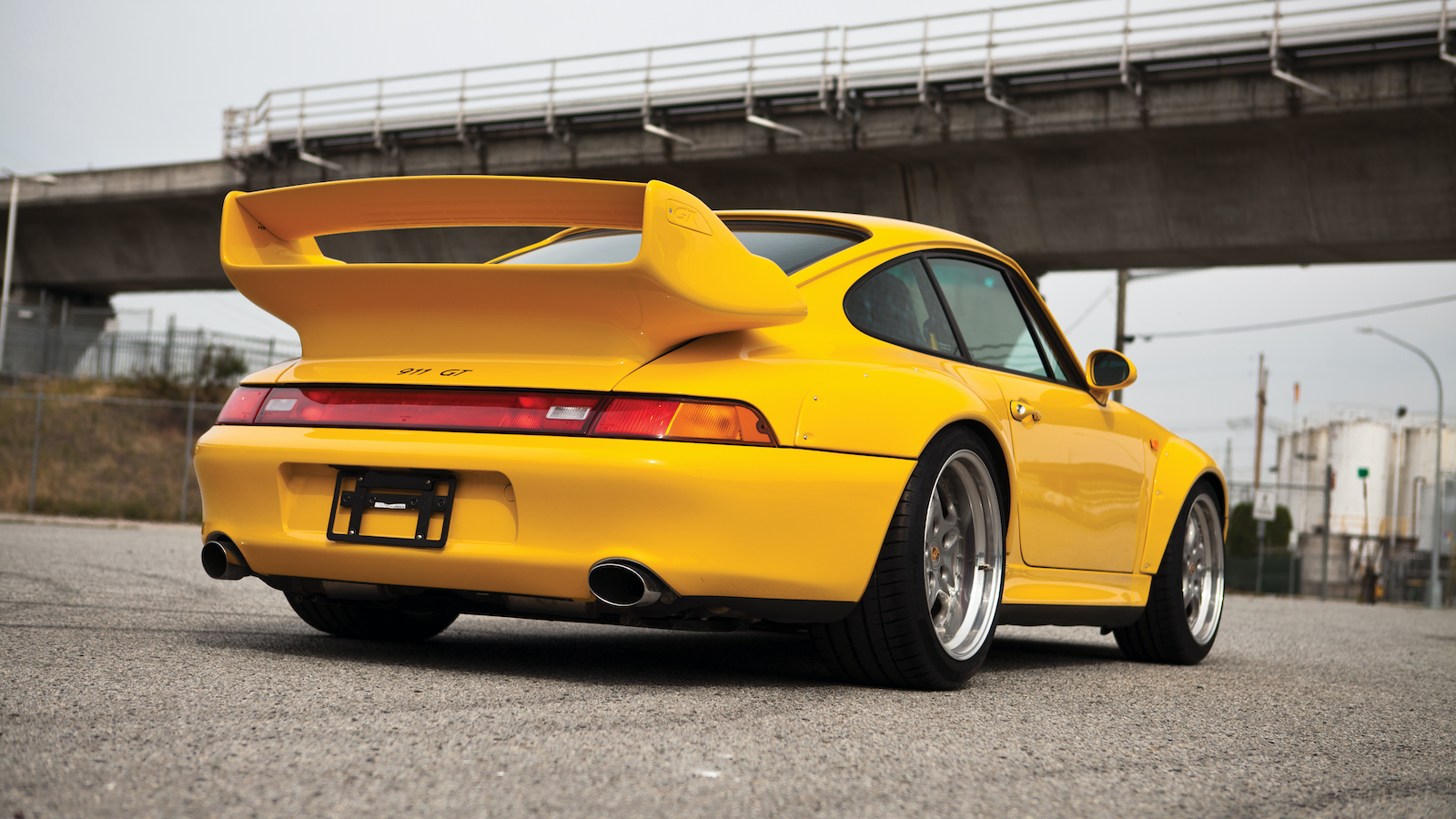 © RM Sotheby’s
© RM Sotheby’s -
 © Silverstone Auctions
© Silverstone Auctions -
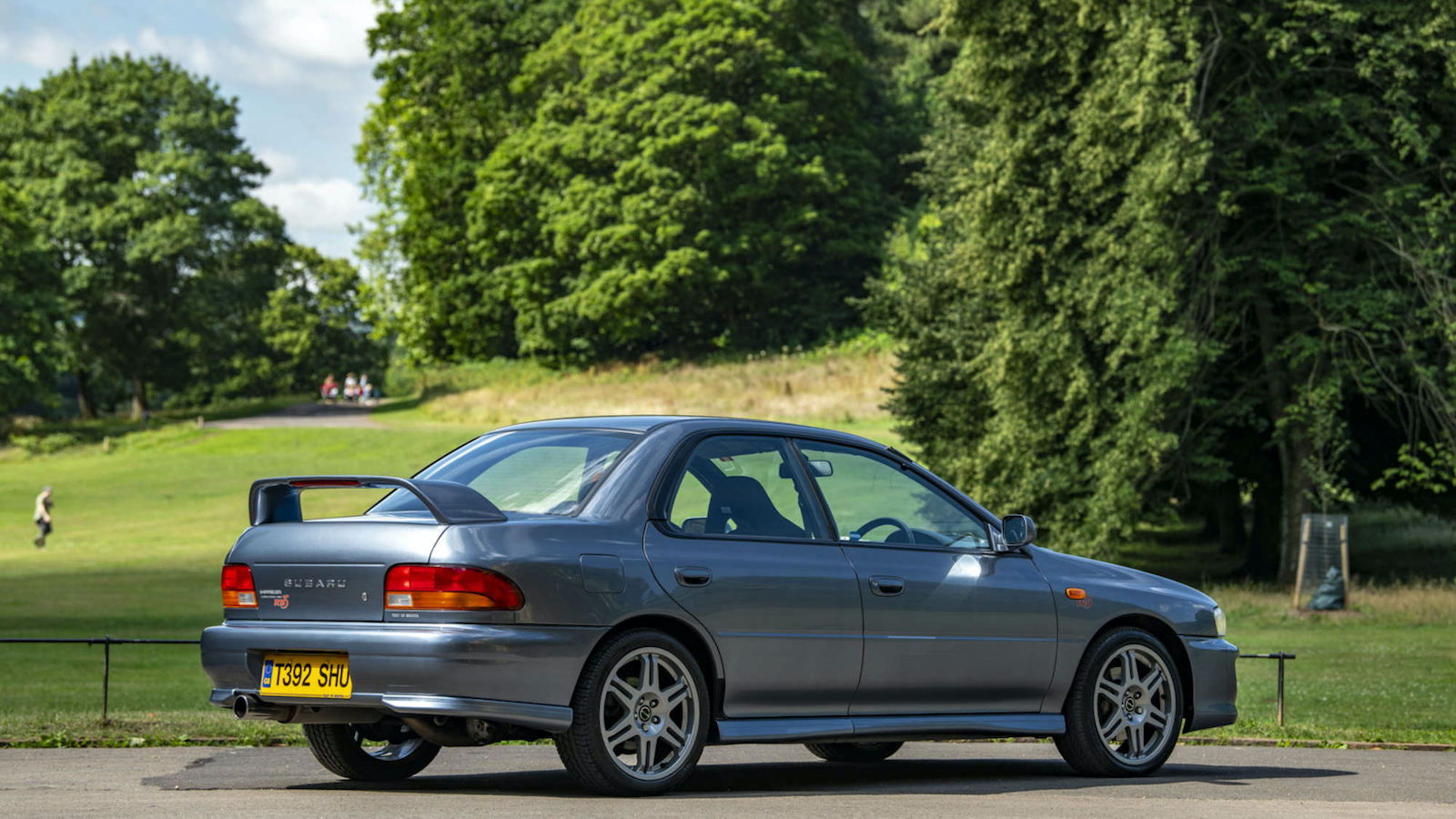 © Silverstone Auctions
© Silverstone Auctions -
 © RM Sotheby’s
© RM Sotheby’s -
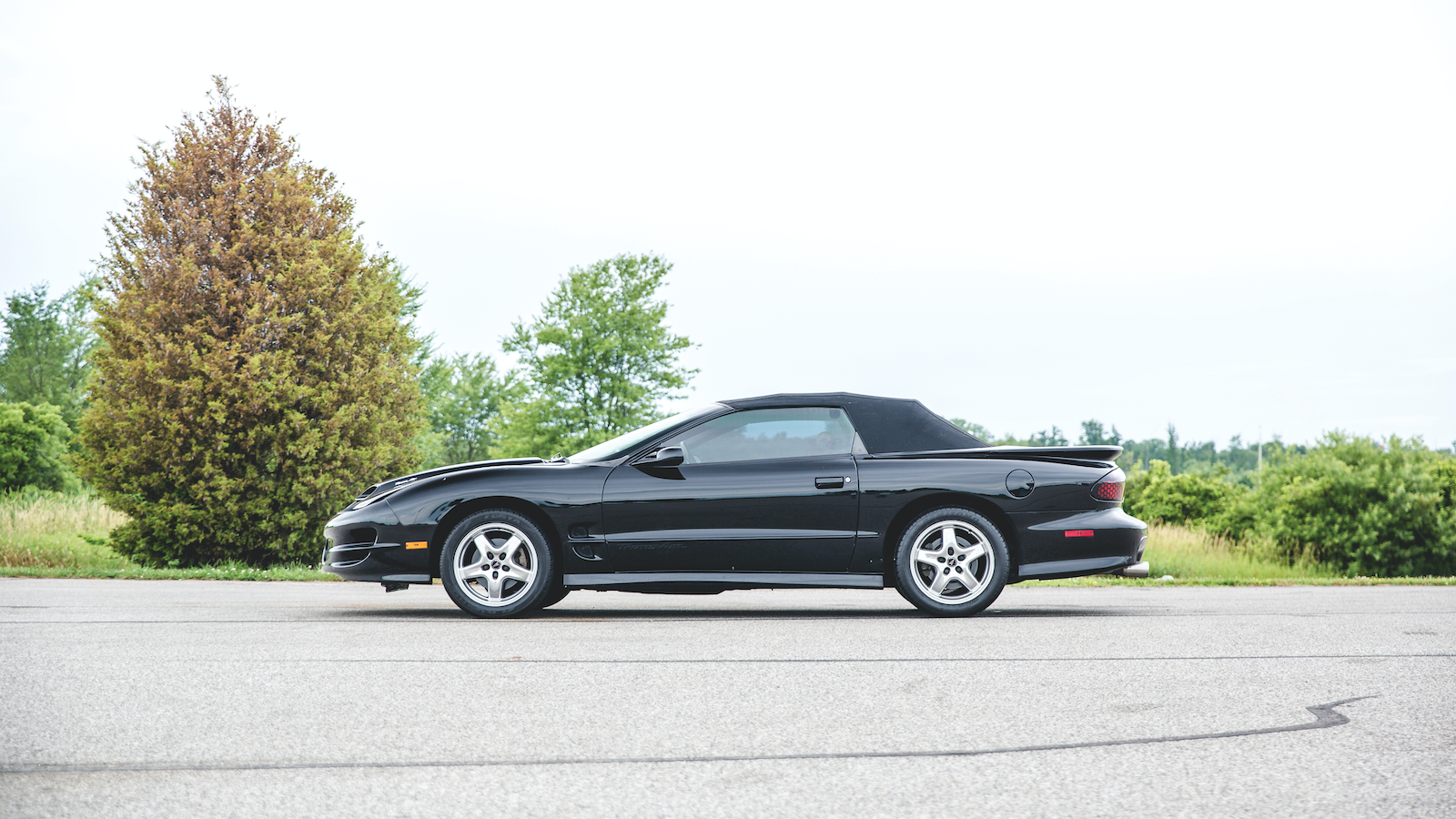 © RM Sotheby’s
© RM Sotheby’s -
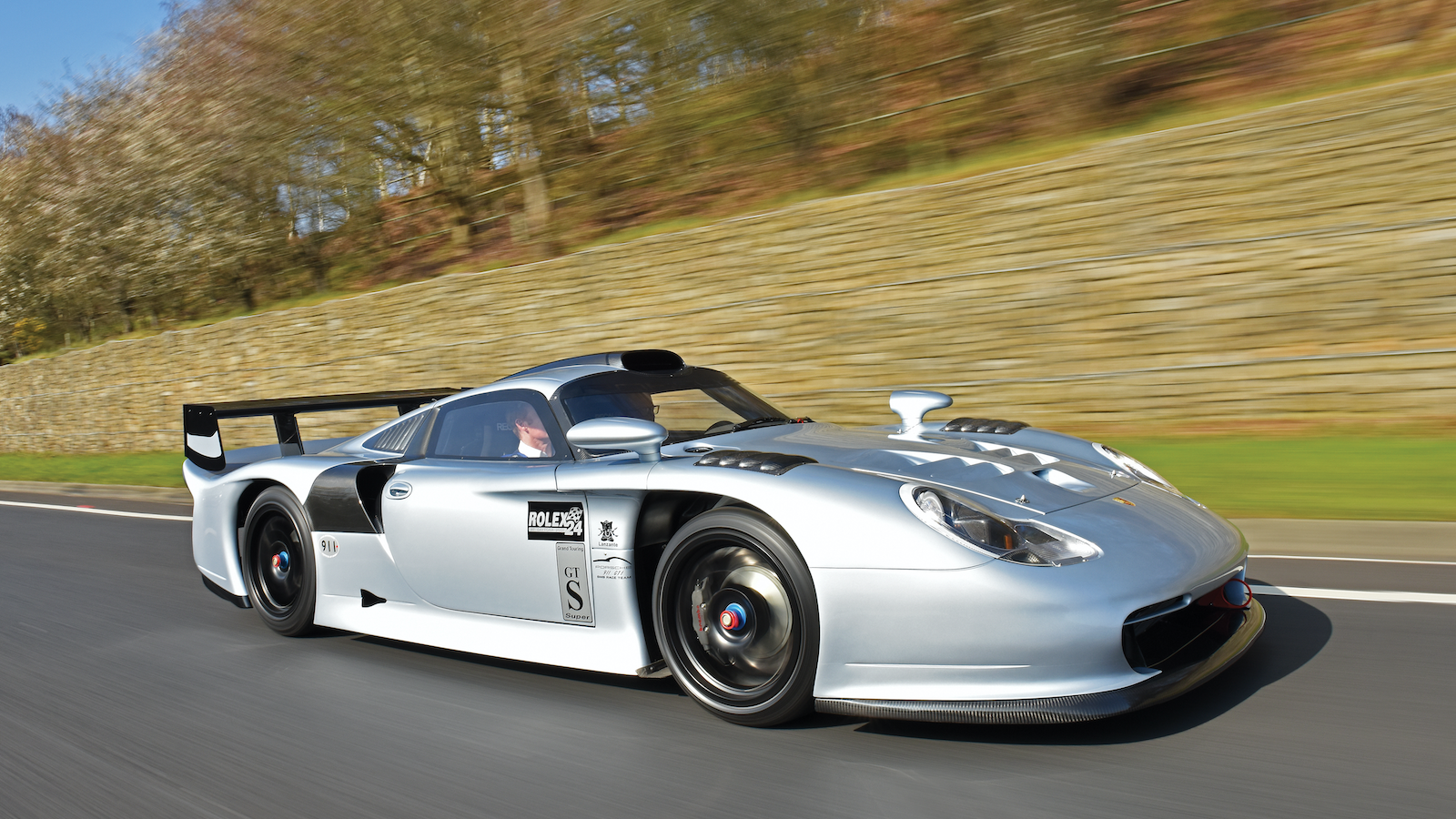 © Tim Scott/RM Sotheby’s
© Tim Scott/RM Sotheby’s -
 © Tim Scott/RM Sotheby’s
© Tim Scott/RM Sotheby’s -
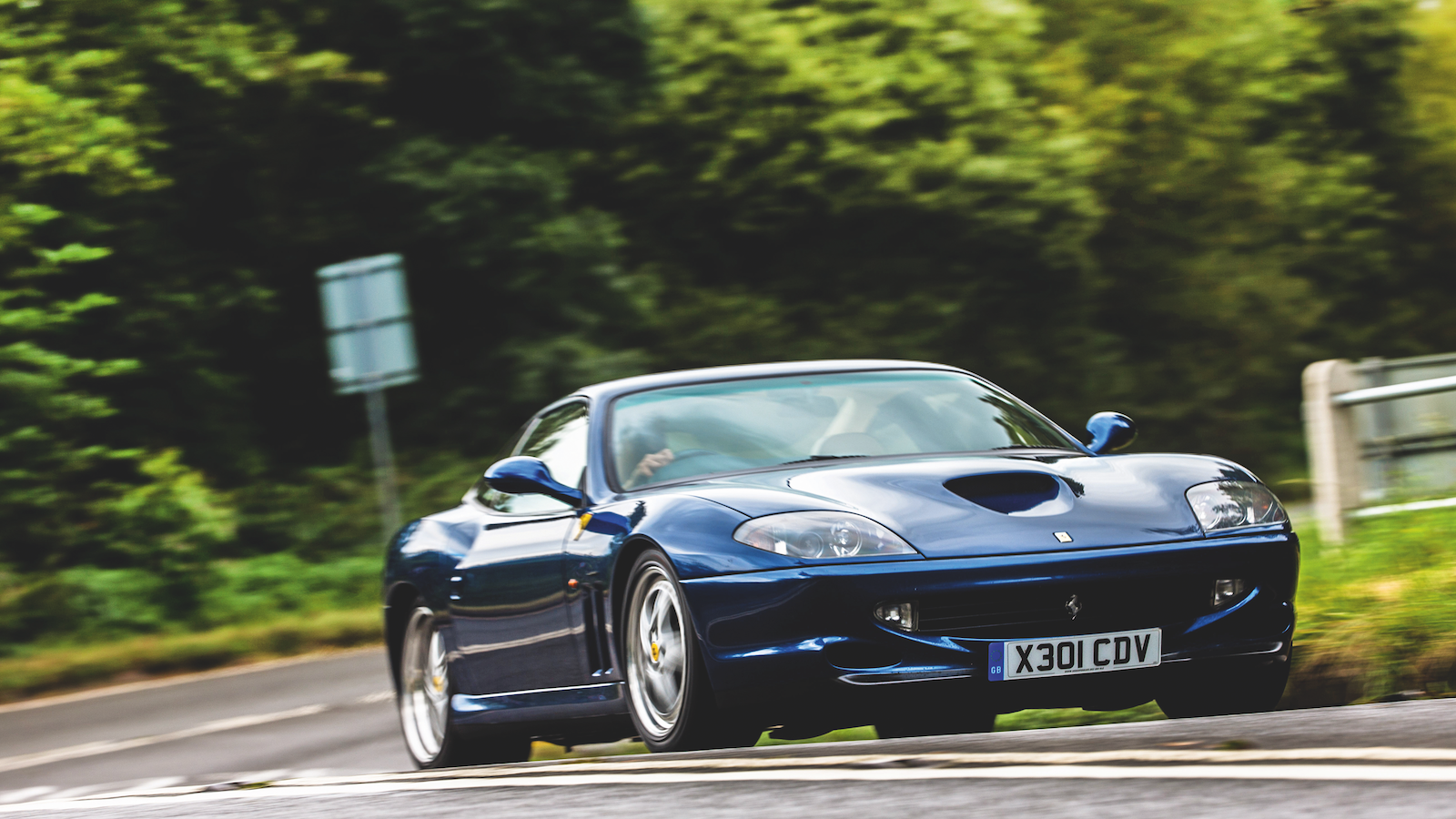 © Classic & Sports Car
© Classic & Sports Car -
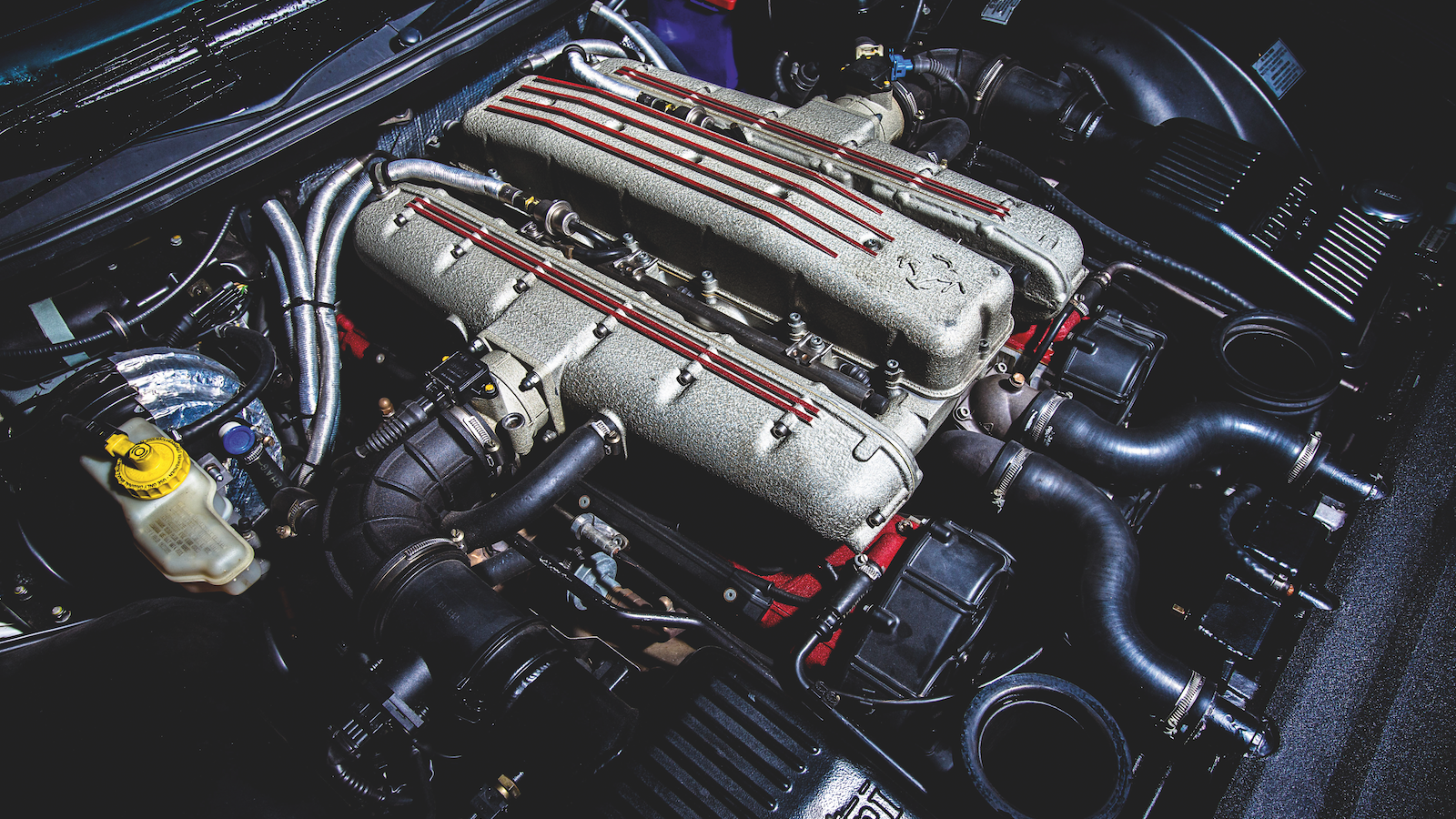 © Classic & Sports Car
© Classic & Sports Car
-
Sucker punch
It’s a fact: the more air you can get into an engine, the more fuel you can add, the bigger the bang. And that generally means… faster.
So, for years, car companies have worked out various ways of allowing an engine to suck in air more easily because it provides, in effect, free performance. And if they managed to make the cars look cool while doing so, and therefore add a little kudos, then all the better.
Here we list 22 cars in chronological order where the addition of scoops and intakes has not only made the car quicker, but also made them much cooler.
-
1. Ford Thunderbird Mk1 (1955-’57)
The Ford Thunderbird had all the necessary ingredients – big V8 engine, two seats, drop-top roof, rear-wheel drive – but it was never conceived nor marketed as a sports car.
Instead it was more of a comfortable and fast grand tourer. A modern-day equivalent might be something like a Jaguar XK Convertible or a Mercedes-Benz SLK55 AMG.
This was done to distance the car from the altogether rowdier Chevrolet Corvette, and to hopefully create a more upmarket (and therefore more expensive) alternative.
-
Ford Thunderbird Mk1 (cont.)
And as befitting the ‘thunder’ part of the name, the car had a 4.8-litre (292cu in) V8 motor under the bonnet, which sucked in air through a smallish but entirely functional bonnet scoop.
People absolutely loved the subtlety of the design, with its single headlights and comparatively small rear fins, to the extent that the Thunderbird outsold the ’Vette by more than 23 to one in its first year.
-
2. Aston Martin DB4 (1958-’63)
Although the DB4 was a successor to the DB MkIII, it wasn’t a development of the earlier car.
Indeed, it was completely new, and featured a platform chassis instead of the DB MkIII’s tubular offering.
It also had a body designed by Italian styling house and coachbuilder Carrozzeria Touring of Milan, and the looks of the car certainly raised a few eyebrows when it was unveiled in 1958, not least because of the large bonnet scoop.
-
Aston Martin DB4 (cont.)
But that wasn’t all, because under the bonnet was a new 3.7-litre twin-cam straight-six powerplant that managed to develop 240bhp.
People loved the performance on offer, even if they were slightly less enamoured by the engine’s tendency to overheat.
Still, all-round disc brakes kept all that performance in check – the car could hit almost 140mph and would cover the 0-60mph dash in 9.3 secs, which was pretty brisk for the day.
-
3. Chevrolet Corvette Sting Ray C2 427 (1967)
It’s fair to say the original Corvette sold like cold cakes when it was launched.
Rival Ford was laughing all the way to the bank with its Thunderbird, which vastly outsold the first ’Vette.
Something had to be done, and so the C2 was offered as a coupé (a first for the Corvette), with radically different styling, including funky pop-up headlights and a split rear window. It even had bonnet vents, although these were non-functional, and a cool extra name: Sting Ray.
At last, it was a sports car, and buyers loved it. So did everyone else, to the extent that GM won awards for the car’s design.
-
Chevrolet Corvette Sting Ray C2 427 (cont.)
Towards the end of the car’s life, Chevrolet introduced a 7-litre (427cu in) big-block engine, and then in 1967 upgraded this with an L88, which produced an official 430bhp.
However, unofficial estimates put this power output closer to 560bhp.
This taller engine necessitated the fitment of a ‘Stinger’ bonnet that featured a stylish scoop to allow the unit to breathe better.
Oh, and it would only run on 103-octane racing fuel, which did somewhat limit its usability.
-
4. Pontiac Firebird Mk1 Ram Air (1969)
Back in 1967, Pontiac had lofty aims.
It wanted to build a sports car based upon an outlandish-looking concept called the Banshee.
However, parent company GM said no, because it was concerned that the Pontiac machine might scavenge sales from the Corvette.
To soften the blow, GM offered compensation in the shape of the F-body coupé that would eventually become the Chevrolet Camaro.
Pontiac agreed, even though it had only a matter of months to design the front and rear ends to fit with its corporate styling language.
-
Pontiac Firebird Mk1 Ram Air (cont.)
Still, the engineers managed, by giving the car four headlights, and incorporating the front bumper into the grille surround.
Then, in 1969, the car’s final year on sale, Pontiac announced a sporty trim package, called the Trans Am (to celebrate the Trans Am Racing series).
Ironically, the car never competed in the championship because its standard engine was too big to comply with the rules.
The Trans Am came with a dedicated bonnet with functional scoops to help the engine breathe more easily.
A legend was born.
-
5. Alfa Romeo Montreal (1970-’77)
Alfa Romeo was generally known for producing cars that were easy on the eye, but the Montreal was something special even for such a stylistically successful brand.
The concept car was unveiled in 1967 at the Expo 67 fair in Montreal, Canada.
However, it was actually displayed without a name, and became known as The Montreal by the public over the course of the exhibition. The name stuck when the production car hit the road three years later.
-
Alfa Romeo Montreal (cont.)
Under the bonnet, which featured a large scoop that wasn’t present on the concept car, lay a 2.6-litre V8 engine that produced 197bhp and drove the rear wheels through a five-speed manual gearbox.
However, as stunning-looking as the Montreal was, Alfa struggled to shift it, at least partly because the company chose to price it at a higher level than both the Jaguar E-type and Porsche 911 of the time.
-
6. Buick Gran Sport GS 455 (1969-’72)
The Buick Gran Sport GS 455 is a fine example of the thinking ‘bigger’s better’.
The name started off as a trim level on the 1965 Buick Skylark, but instead of the standard car’s 4.9-litre (300cu in) V8, the Gran Sport got a 6.6-litre (400cu in) unit.
People loved it, and then in 1967 an adjustment of the Buick range meant that the Gran Sport became a model in its own right.
-
Buick Gran Sport GS 455 (cont.)
However, by the start of the 1970s, Buick could see the writing was on the wall for the muscle-car era, so decided to go out with a bang, and fitted a 7.5-litre (455cu in) V8 lump.
This was claimed to produce 350bhp, while an optional Stage 1 trim increased this to 360bhp by including a huge four-barrel Quadrajet carburettor, which sucked in all the air it could through a couple of huge air scoops on the car’s bonnet.
-
7. Plymouth Road Runner Mk1 ‘Air Grabber’ (1968-’70)
Platform sharing was commonplace in the US car business in the 1960s, so if you wanted a ‘mid-size’ car you could have a Dodge Super Bee, a Plymouth Satellite or a Plymouth GTX.
How do you make a car stand out? Cartoons. Of course.
So, Plymouth got in touch with Warner Brothers and paid $50,000 to use the Road Runner name, as well as sprinkling the odd graphic around the car.
The company even developed a ‘beep beep’ horn for it.
-
Plymouth Road Runner Mk1 ‘Air Grabber’ (cont.)
The Road Runner was marketed as a cheaper entry-level machine, but nevertheless was one with a 6.3-litre (383cu in) V8 motor up front.
However, for 1969, more power was deemed necessary, so Plymouth added an optional ‘Air Grabber’ bonnet scoop that was operated by a lever in the cabin. Pull the lever, up popped the scoop, up went the power.
The Road Runner may have had few creature comforts, but it’s one of the most unusual muscle cars of all.
-
8. Plymouth Barracuda Mk3 (1970-’74)
“It’s better to burn out than to fade away” goes the Neil Young song lyric, and it’s a phrase that could easily be applied to the Hemi ’Cuda of 1970.
Why? Well, because Plymouth introduced the 7-litre (426cu in) V8 and the emissions regulations of 1971 would have greatly affected its power output, and the company didn’t want that, so chose to take it off sale instead.
-
Plymouth Barracude Mk3 (cont.)
Still, there were plenty of other versions of the Barracuda available, and all had the option of a ‘shaker’ bonnet to force more air into the carburettors, plus a heavy-duty rear axle.
However, as with all American muscle cars of the time, emissions regulations had a savagely detrimental effect on performance, and sales took an enormous hit. Come 1974, the Barracuda’s day was done.
-
9. Pontiac Firebird Trans Am Mk2 (1970-’81)
The second-generation Pontiac Firebird was late.
It had been due to appear in 1969 for the 1970 model year, but tooling and engineering problems conspired to delay its introduction until February 1970.
Still, it was quite a stunner, so was worth the wait.
There were four models available, the base Firebird, the luxurious Firebird Esprit (as driven by 1970s TV detective Jim Rockford), the sporty Firebird Formula and the fire-breathing Firebird Trans Am, which featured the ‘shaker’ air intake poking up through the bonnet.
-
Pontiac Firebird Trans Am Mk2 (cont.)
Early cars featured a flat rear window, but this wasn’t actually part of the design – the car was meant to have a wraparound rear window but sealing issues meant that this didn’t appear until 1975.
The second-generation Trans Am continued for 11 years, through various facelifts, although the shaker bonnet remained a constant.
Its sales were buoyed by numerous starring roles in films such as Smokey and the Bandit 1 and 2, Hooper and The Driver.
-
10. Chevrolet Camaro Z28 Mk2 (1970-’81)
As with many of the US brands throughout the 1960s and ’70s, badge engineering was king. And so it was with Chevrolet and Pontiac, because the Chevy Camaro and Pontiac Firebird of the time were pretty similar.
Where the Trans Am became synonymous with the ‘shaker’ bonnet, the Camaro didn’t really have such a thing, until 1979, when the sporty Z28 model got a large duct in its bonnet.
Unfortunately, this was a non-functional scoop, but in 1980 the car gained a rear-facing air induction scoop with a solenoid-operated flap that opened automatically when the driver put their foot to the floor.
-
Chevrolet Camaro Z28 Mk2 (cont.)
So, not only did the flap open to provide the benefit of extra air being gulped into the engine, but it also provided a little bit of drama for the driver and passengers.
However, by this stage power from the 5.7-litre (350cu in) V8 was down to 175bhp due to emissions regulations, on top of which a federally mandated 85mph speedometer took even more of the excitement out of the driving experience.
-
11. Lamborghini Countach (1974-’90)
Why have one scoop when you can have two? And the Lamborghini Countach’s 3.9-litre V12 engine certainly needed two because it wolfed down a whole lot of air at full tilt, and it also needed a whole lot of cooling.
This was only discovered during the car’s development phase, because the original Countach concept car had only louvred panels behind the wide windows on either side. So, two large air scoop boxes were added.
In addition, some models also had large, stacked engine covers behind the cockpit, to further aid air ingestion.
-
Lamborghini Countach (cont.)
As time passed, so the Countach shape changed, morphing from the unadorned original through the large wheelarches and optional rear wing of the 1980s, and finally into the bodykitted Anniversary model.
Even though its performance figures were surpassed by newer rivals such as the Porsche 959 and Ferrari F40, the drama of its shape gave it a popularity that continues to this very day.
-
12. Porsche 924 turbo (1978-’88)
In 1978, Porsche had a somewhat gaping hole in its range.
That was because it had the 924 (complete with 2-litre VW/Audi four-cylinder engine) at the bottom end of its offerings, and the 911 towards the top, with the fearsome turbo as the pinnacle of that range, but there was nothing in between the two.
Porsche recognised that something had to fill the gap, and used its experience with turbocharged racing cars (and the 911) to develop a blown version of the 924.
-
Porsche 924 turbo (cont.)
So, engineers took the standard 2-litre motor, modified it to be more robust and added a turbocharger. The result was 170bhp, which was pretty potent in those days.
However, this engine ran hotter and needed to suck in more air to perform properly, so Porsche added vents along the leading edge of the car’s nose to help cooling, and a NACA-style duct on the bonnet.
This duct also had the added benefit of allowing the heat in the engine bay to escape when the car was stationary.
-
13. Ford Mustang SVO (1984-’86)
In the late 1970s, Ford recognised that emissions rules and the 1973 oil crisis had made its Mustang less of a pony car and more My Little Pony. Something had to be done.
So, with the third-generation car, Ford gave it a bit more brio and bluster. At the same time Ford set up a new department called Special Vehicle Operations (SVO), which was to develop sporty models.
The Mustang was the first recipient of its attentions.
-
Ford Mustang SVO (cont.)
Economy and emissions were still a concern, so SVO decided not to use a V8, and instead opted for a turbocharged 2.3-litre four-cylinder unit.
Fuel injection also featured, and a power output of 175bhp was respectable. However, over the course of the car’s two-year life, power was raised to a high of 205bhp, doubtless helped by the large central bonnet scoop.
-
14. Ford RS 200 (1984-’86)
Ford was forced to watch from the sidelines as rallying’s Group B era really took off, because it didn’t have a car to compete with. It had tried to develop a car based on the Escort Mk3, but this had been fruitless.
So, the drawing board was removed from a cupboard and pressed into service.
Four-wheel drive was a prerequisite, as was a mid-mounted engine. This was a turbocharged 1.8-litre four-cylinder unit that could produce up to 450bhp in racing tune.
It gulped air through a large scoop atop the engine compartment and two side scoops.
-
Ford RS 200 (cont.)
However, success was elusive, and the car needed more development. The engine was peaky for a start, making the car tricky to drive.
Then the car was involved in a couple of high-profile crashes, just at a time when people were getting worried about the speed of Group B rallying.
In 1986, the category was cancelled, and the model never got to show its full potential.
-
15. Nissan Sunny GTI-R (1990-’92)
The Nissan Sunny. A bastion of under-the-radar efficiency. Exciting? Not so much.
But then in 1990, in a move akin to your grandfather coming home sporting a Mohican, Nissan unveiled the Sunny GTI-R.
It was a homologation special that the company intended to compete in the World Rally Championship with, so had four-wheel drive and a 227bhp 2-litre turbocharged motor, which was fed air through a huge ‘egg crate’ scoop in the bonnet.
-
Nissan Sunny GTI-R (cont.)
A 0-60mph time of 5.4 secs was faster than most of its hot-hatch rivals could muster, but sadly this pace didn’t translate to the world’s rally stages, because the car managed a best result of third place on the 1992 Rally Sweden.
However, it did win the Group N championship that year in the hands of Belgian Grégoire De Mévius, with Hiroshi Nishiyama in second place in another Sunny.
And that’s when Nissan decided to pull the plug on its rallying effort.
-
16. Autozam AZ-1 (1992-’94)
The Japanese kei-car regulations have long been known for throwing up quirky, cute little cars brimming with character.
Witness neat little drop-tops such as the Suzuki Cappuccino and Honda Beat.
But in 1992 Mazda and Suzuki got together and took ‘quirky’ to another level with the Autozam AZ-1.
This was a mid-engined, two-seat, two-door kei car with a 657cc turbocharged three-cylinder engine.
-
Autozam AZ-1 (cont.)
But the doors were no ordinary doors, because they were gullwing doors. The car also featured a large scoop in the front end to feed air to the mid-mounted motor.
It looked like nothing else, but unfortunately it appeared at precisely the wrong moment, because it was launched just as a recession hit.
It was also more expensive than its rivals, and had less space, so ended up being a bit of a commercial flop.
-
17. Toyota Celica GT-Four ST185 (1992-’93)
The world has a lot to thank rallying for. Well, more specifically, car enthusiasts have a lot to thank rallying for, because some of the best road cars have been born out of a desire to do well on the stages.
A prime example is the Toyota Celica GT-Four.
This was the second generation of GT-Four to be campaigned in the WRC, and hopes were high with 1990 world champion Carlos Sainz at the wheel.
Indeed, the company even released a GT-Four Carlos Sainz edition to celebrate its star driver and his world title.
-
Toyota Celica GT-Four ST185 (cont.)
The car featured four-wheel drive and a turbocharged 2-litre four-cylinder engine that sucked in gallons of air through a huge scoop in the bonnet.
It worked, and Sainz took four wins on his way to his second world championship, while Toyota finished as runner-up in the manufacturers’ title race.
And enthusiastic drivers around the world reaped the benefits of the regulation that required 5000 roadgoing versions to be built to qualify for the WRC.
-
18. Porsche 911 GT2 Mk1 (1995-’98)
If the phrase ‘going out with a bang’ applies to any car, the 993-generation Porsche 911 is that car.
This was the final generation of the air-cooled 911, and Porsche wanted to take it racing in the endurance GT2 category around the world.
So, it took a 993 turbo, whipped out the four-wheel drive and replaced it with rear-wheel drive, then turned the engine up to 11. Tweaks meant it produced 424bhp.
Visual changes were dramatic, because the GT2 sported wide wheelarches front and rear, an aggressive chin spoiler, and a huge rear wing that incorporated twin scoops that channelled air into the motor.
-
Porsche 911 GT2 Mk1 (cont.)
The doors, engine cover and bonnet were aluminium, and luxury equipment was consigned to the bin.
On-track success followed, cementing the car’s formidable credibility, but it was also known as quite an intimidating road car, and a ‘widow-maker’ nickname soon followed.
Only 57 roadgoing examples were built, so it’s rare beast.
-
19. Subaru Impreza Turbo 2000 AWD Mk1 (1994-2000)
Subaru had meddled with rallying throughout the 1980s, then really got things together when it linked up with Prodrive in the UK, and used the Legacy as its competition machine.
However, the real legacy was left by the car’s successor, the Impreza, which turned a flamboyant Scot called Colin McRae into Britain’s first world rally champion.
The Subaru Impreza Turbo 2000 AWD road car was a game-changer for the brand, because no longer was it viewed as a transport provider for farmers across the land.
-
Subaru Impreza Turbo 2000 AWD Mk1 (cont.)
The Impreza Turbo was a proper performance car that would give supercars more than a hard time over any type of twisty road.
The car was marked out by a bodykit, wider wheels and tyres, a lower stance and, of course, a huge bonnet scoop to feed the flat-four engine.
Subsequent generations of the car would go on to win the WRC in the hands of the late Richard Burns and Petter Solberg, all with huge scoops atop their bonnets.
-
20. Pontiac Firebird Trans Am Mk4 WS6 Ram Air (1996-2002)
The Pontiac Firebird had long been a sporty (ish) car of some repute, so the fourth-generation model had big shoes to fill.
The good news was that to a large extent, it did.
From 1993 until ’96, it had an LT1 5.7-litre (350cu in) V8, but a facelift in 1996 added the then-new LS1 5.7-litre (350cu in) V8, plus Ram Air through two prominent scoops at the front of the car’s bonnet.
This model was the Trans Am WS6, in reference to the upgraded models of the second-generation Trans Am.
-
Pontiac Firebird Trans Am Mk4 WS6 Ram Air (cont.)
This Ram Air system had a demonstrable effect on performance and the car was genuinely brisk – it could cover the 0-60mph dash in a little over 5 secs.
However, by this point sales were on the wane, and the Trans Am name died in 2002.
-
21. Porsche 911 GT1 (1996-’97)
Endurance racing in the middle of the 1990s was a hotbed of technical advances and intrigue.
And while Porsche had developed the 911 GT2 to compete in lower categories, it wanted to return to the pinnacle of the sport, now called GT1.
Where to start? Well, with a 993-generation 911, although the GT1 shared only its front-end chassis, headlights and tail-lights with it.
-
Porsche 911 GT1 (cont.)
The back end of the car was developed from that of the old Porsche 962 endurance racer of the 1980s.
The 3.6-litre flat-six engine featured two turbochargers and developed 592bhp, which was quite startling in a car that weighed around a tonne.
The car’s race debut was the 1996 Le Mans 24 Hours, and it managed to finish second and third.
A 911 GT1 Evo appeared in 1997 with aerodynamic tweaks, and led at Le Mans, but succumbed to mechanical failure.
-
22. Ferrari 550 Maranello (1996-2002)
In 1973, Ferrari replaced the much-loved 365GTB/4 Daytona with the 365BB, and that was it – two-seat Ferraris were mid-engined thereafter.
Until 1993, that is, when the boss at the time, Luca de Montezemolo, demanded a front-engined, rear-wheel-drive, two-seat grand tourer. He wanted it to have a V12, too.
Thirty months later, the 550 Maranello was revealed, complete with a 5.5-litre V12 engine up front, rear-wheel drive, a manual gearbox, plus a huge bonnet scoop to feed the motor, which produced 478bhp.
-
Ferrari 550 Maranello (cont.)
Road tests of the time raved about the car’s handling, and how it was supreme fun on a twisty back road, yet comfortable and long-legged on lengthier journeys.
This all made it popular, and Ferrari ended up building more than 3000 coupés and almost 450 convertible (Barchetta) models.
Indeed, the car was so good that Ferrari saw fit to keep the basics the same for the next model in the series, the 575M Maranello that ran until 2006 – this was, in essence, a heavy facelift of the earlier car.
